Kunming, the capital of Yunnan Province in Southwest China, is a vibrant city famous for its year-round spring-like climate, stunning landscapes, and rich cultural heritage. Whether you’re a nature lover, history buff, or foodie, Kunming has something special for you. In this travel guide, we’ll highlight the top things to do in Kunming, including the picturesque Dianchi Lake, the mesmerizing Stone Forest, and local culinary delights.
Top Things to Do & Best Attractions in Kunming
1. Explore the Beauty of Dianchi Lake
A Tranquil Escape at the Pearl of the Plateau

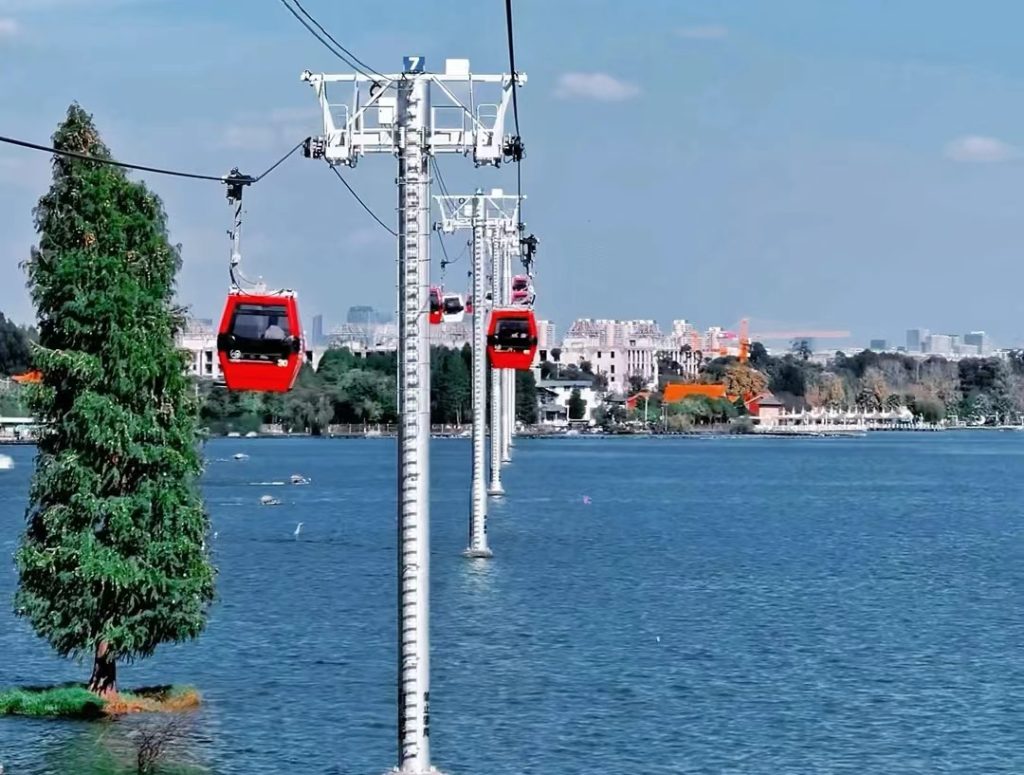
Dianchi Lake is the largest freshwater lake on the Yunnan-Guizhou Plateau, earning its title as the “Pearl of the Plateau.” This vast, tranquil lake is a must-visit for anyone traveling to Kunming. Take a relaxing boat ride across the lake and enjoy the surrounding lush hills, serene waters, and flocks of birds soaring overhead.
Tip: The nearby Dianchi Wetland Park is a great spot for birdwatching, especially in winter when migratory birds flock to the area.
2. The Stone Forest – A Natural Wonder
Walk Through the “First Wonder of the World”
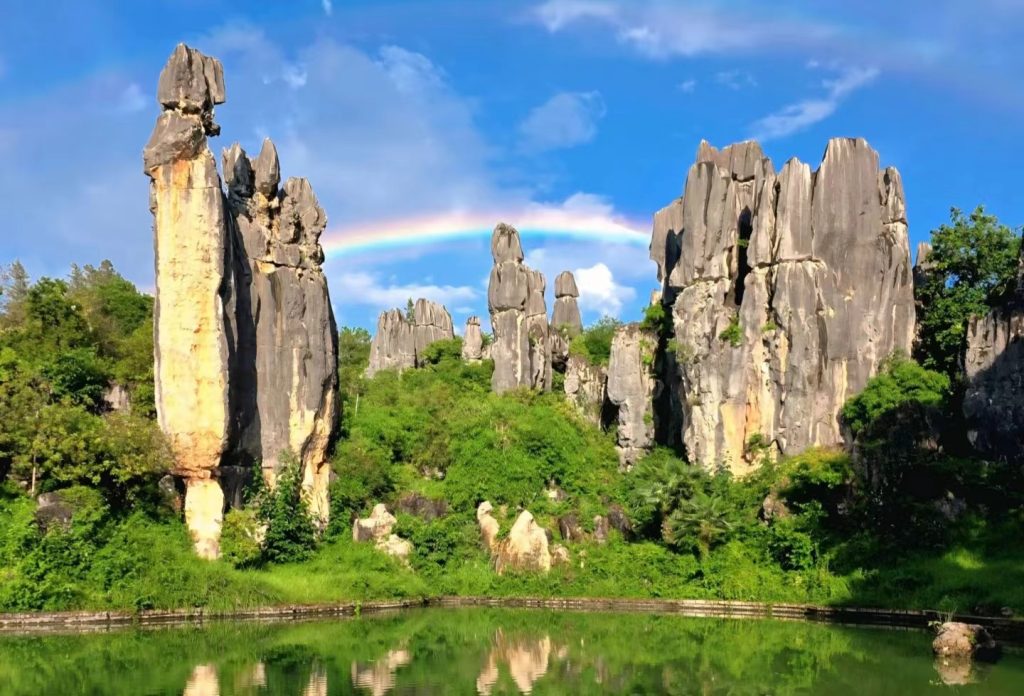
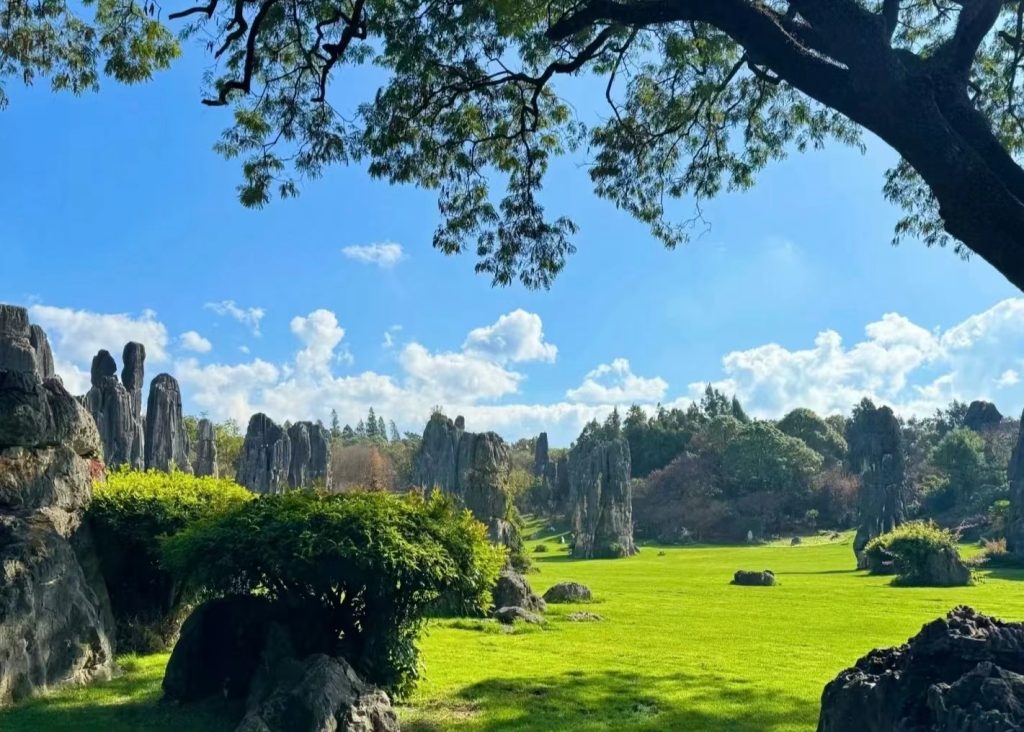
The Stone Forest (Shilin) is one of China’s most iconic landmarks, and it’s easy to see why. This UNESCO World Heritage site is a massive collection of limestone pillars that resemble a petrified forest. It’s like walking through a maze of giant, surreal stone formations—some look like trees, others like animals or even human figures.
Did you know? The Stone Forest is also an important cultural site for the Yi ethnic group. Here, you can explore traditional Yi architecture and culture, with occasional performances of local dances and music.
3. Visit the Dongnan Flower Market – Asia’s Largest Flower Market
A Burst of Color and Fragrance
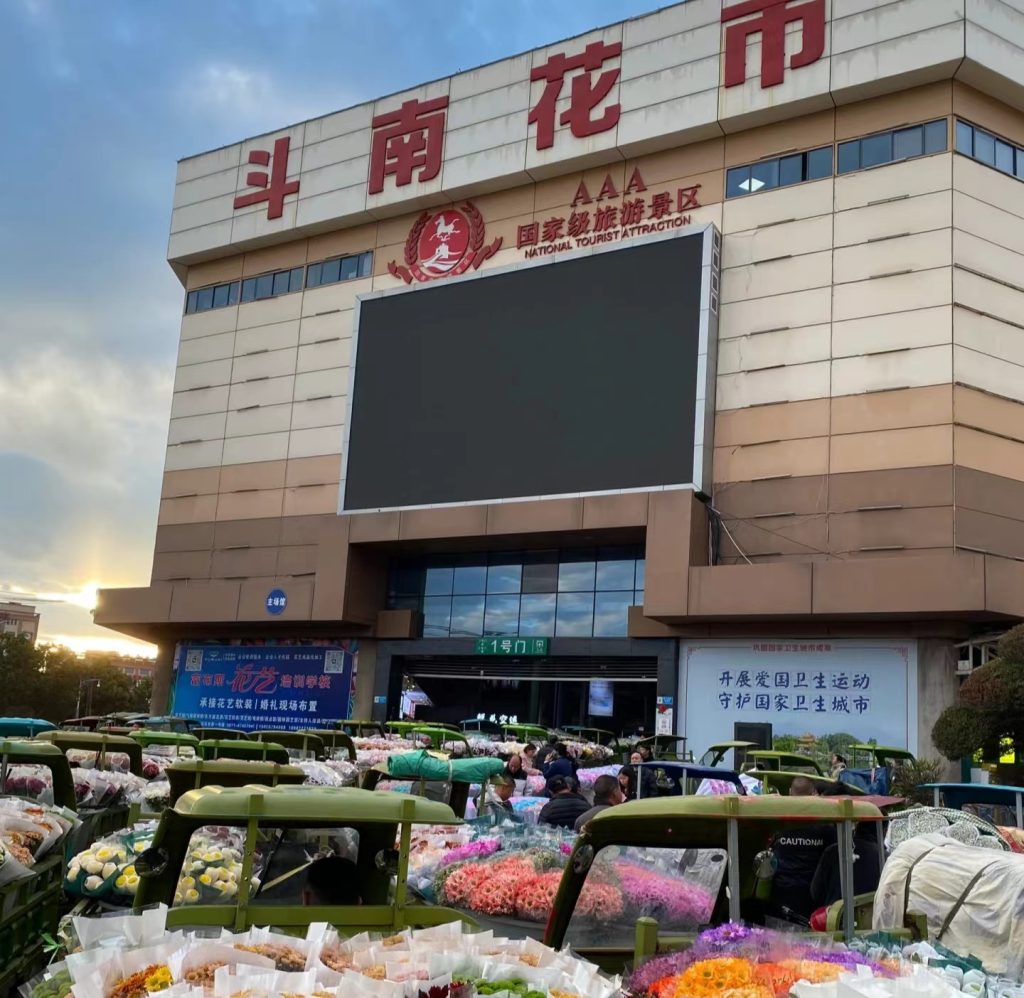
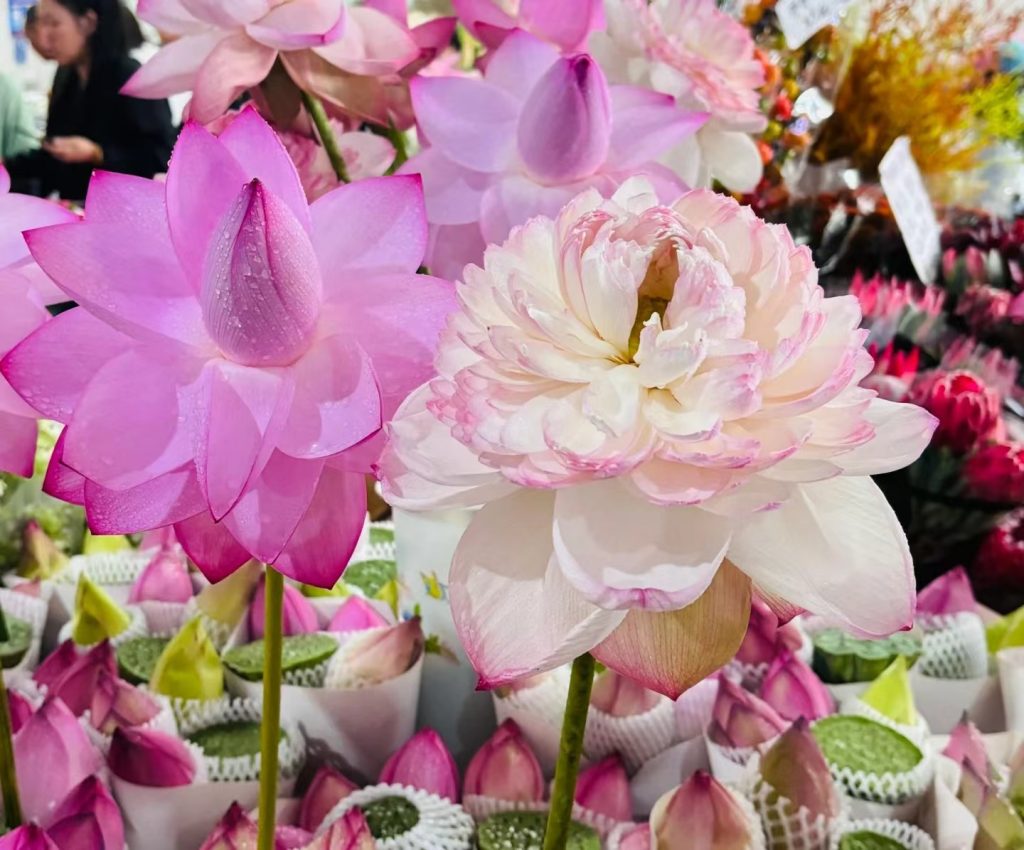
If you love flowers, the Dongnan Flower Market is a must-visit. Known as Asia’s largest flower market, this vibrant marketplace offers a stunning array of flowers, from seasonal blooms like lilies and roses to local favorites like chrysanthemums. The market is bustling year-round, with spring and autumn being especially beautiful.
Fun Fact: Kunming’s mild climate means flowers are available almost every day of the year!
4. Wander Through Kunming’s Historic Old Streets
A Peek Into Kunming’s Past
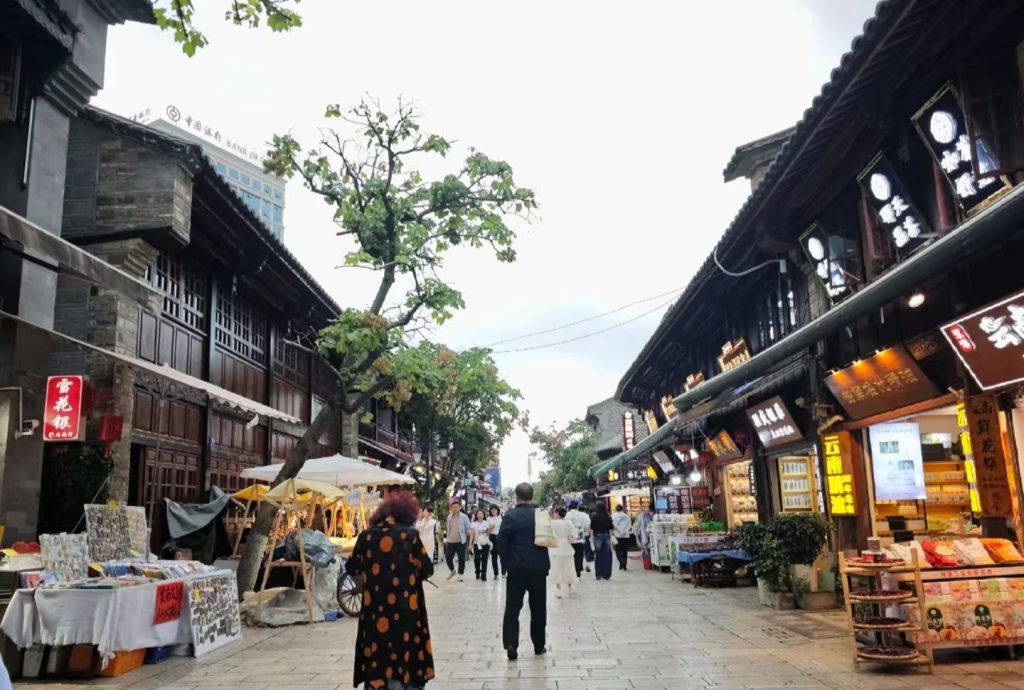
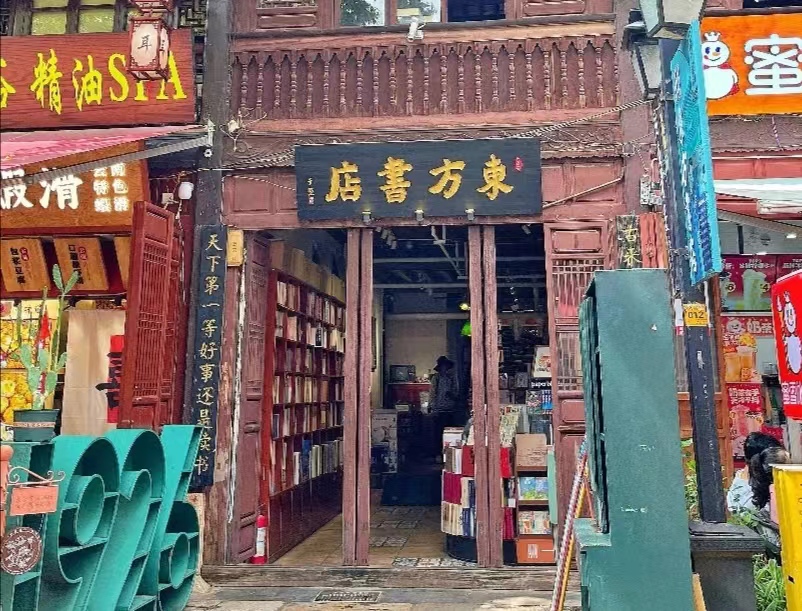
Kunming’s old streets are the perfect place to step back in time. Walk through Dianchi Road Ancient Street, Ximenkou Ancient Street, or Zhengyi Road to discover historical architecture from the Republic of China era. These streets are lined with traditional buildings featuring intricate wood carvings, making them perfect for history lovers and those who enjoy exploring local culture.
Pro Tip: Don’t forget to sample the local street food while you’re here!
5. Discover Yunnan’s Ethnic Culture at the Yunnan Ethnic Village
26 Ethnic Groups in One Place
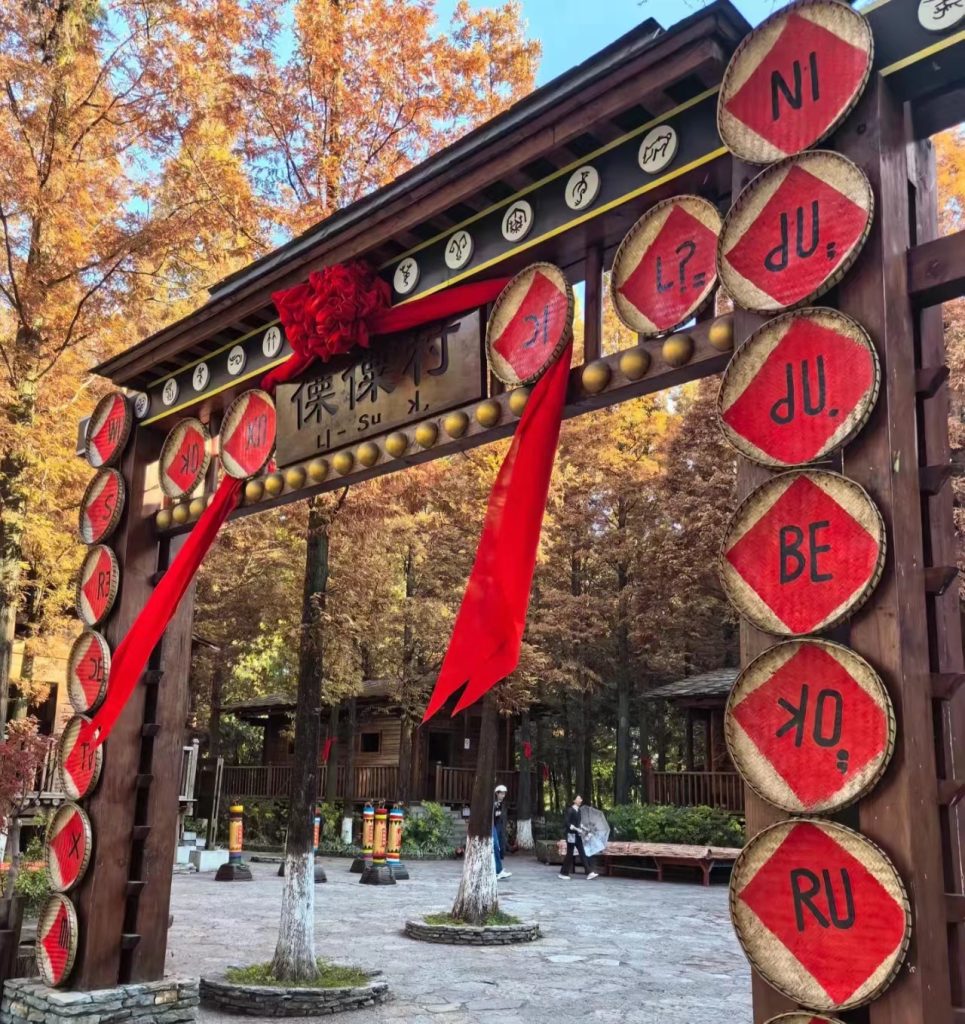
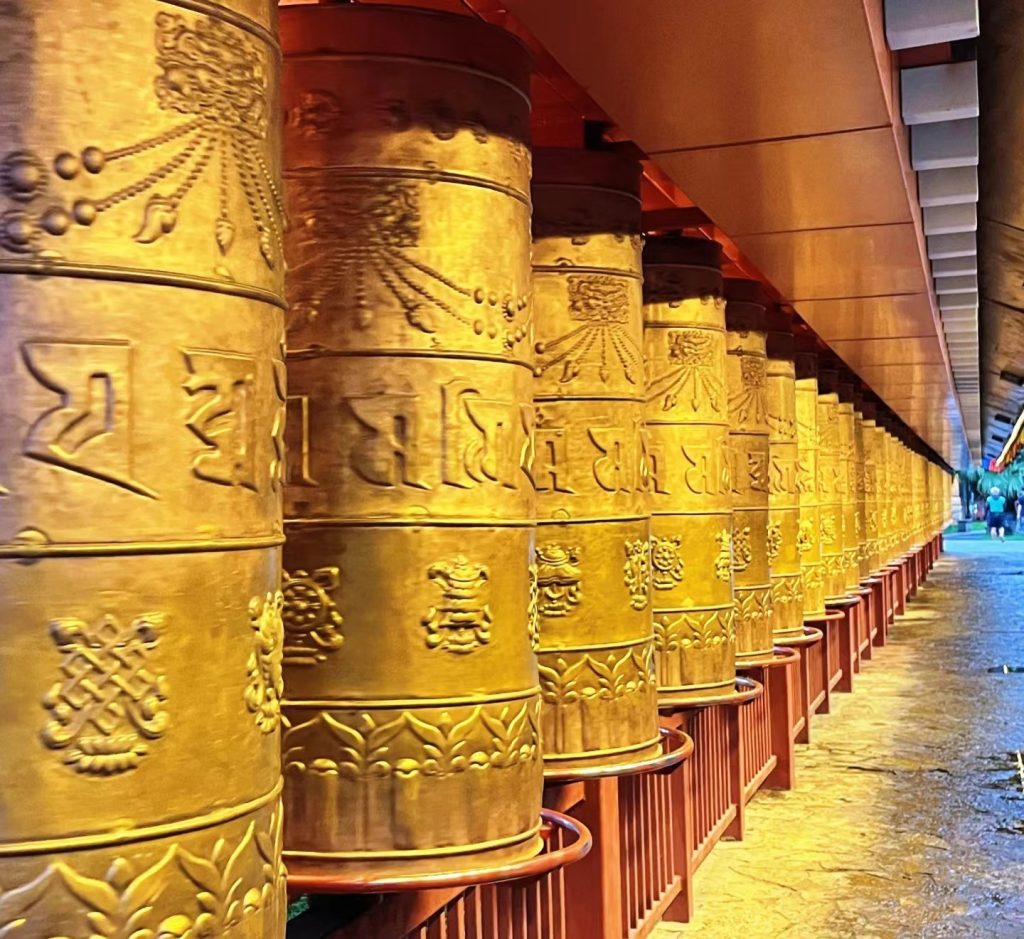
Yunnan is home to a diverse range of ethnic groups, and Yunnan Ethnic Village showcases the culture, architecture, and traditions of 26 minorities, including the Yi, Bai, Naxi, and Hani people. The village’s authentic architecture reflects each group’s cultural identity, and visitors can learn about local crafts such as silver jewelry making, embroidery, and pottery.
Cultural Insight: If you visit during a local festival, you’ll be treated to colorful performances featuring traditional dances and music.
6. Relax at Cuihu Park – Kunming’s Green Oasis
A Peaceful Retreat in the City
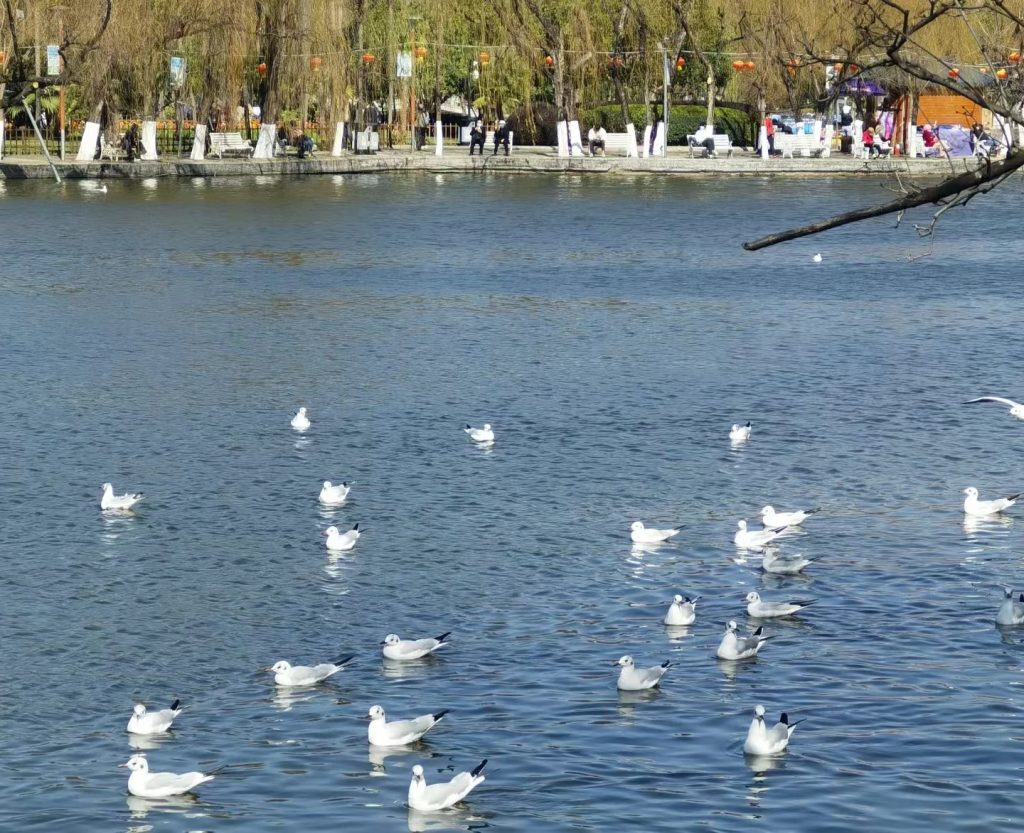
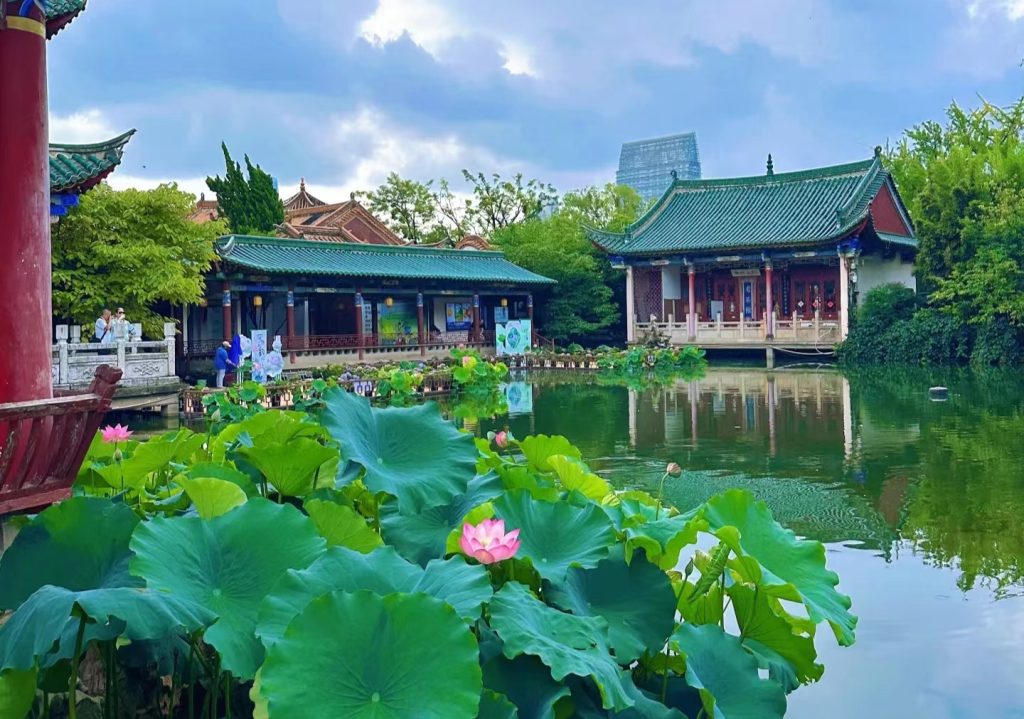
Located in the heart of Kunming, Cuihu Park (Green Lake Park) is a perfect place to unwind. The park features a beautiful lake surrounded by lush greenery, making it an ideal spot for a peaceful walk or a boat ride. In the summer, the lake is covered in stunning lotus flowers, creating a serene atmosphere.
Did You Know? The park also features typical Chinese garden landscapes, including bridges, pavilions, and rockeries.
Savor Kunming’s Delicious Local Cuisine
Guoqiao Mixian (Crossing the Bridge Rice Noodles): A flavorful rice noodle dish served with a variety of meats and vegetables in a rich broth.
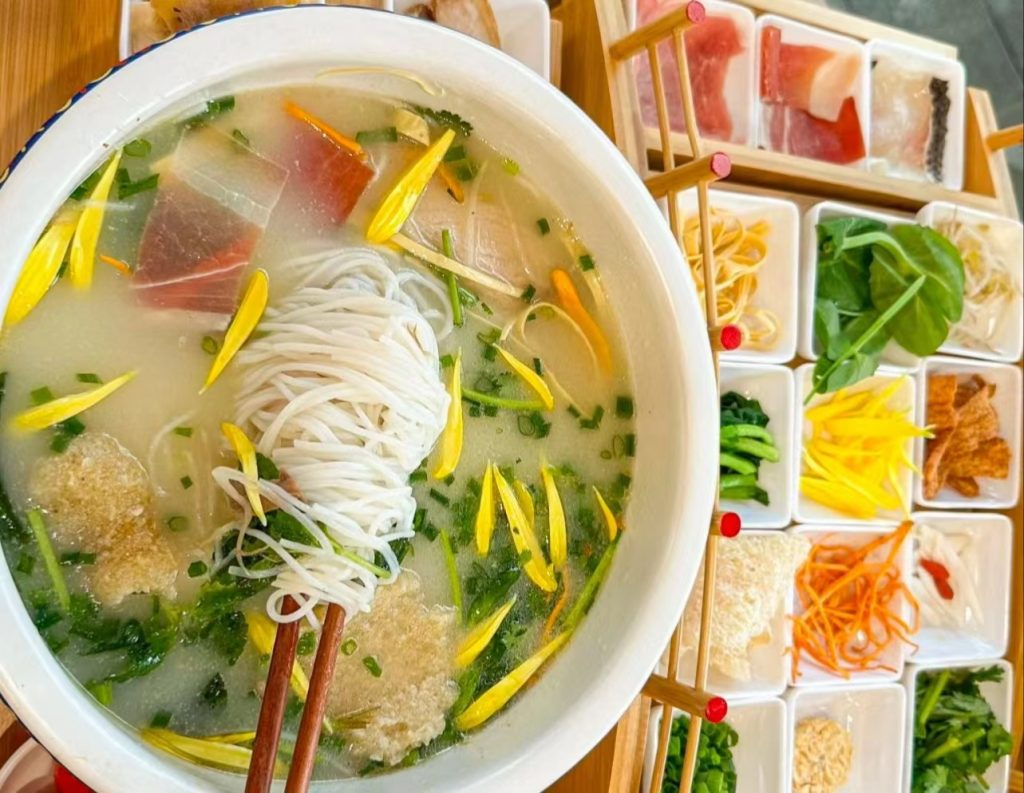
Kunming Street Food: Kunming’s old streets are filled with street vendors offering stinky tofu, steam pot chicken, cold rice noodles, and more. Each bite is a taste of local tradition.
Food Tip: Don’t miss the opportunity to try Yunnan-style pickled vegetables or small pot rice noodles—both are local favorites.
Kunming is a destination that offers an unforgettable mix of nature, culture, and cuisine. From the tranquil beauty of Dianchi Lake to the surreal rock formations of the Stone Forest, Kunming is a place where adventure and relaxation go hand in hand. Whether you’re exploring the local culture in the old streets, admiring colorful flowers at the flower market, or sampling authentic Yunnan food, Kunming promises an enriching travel experience.

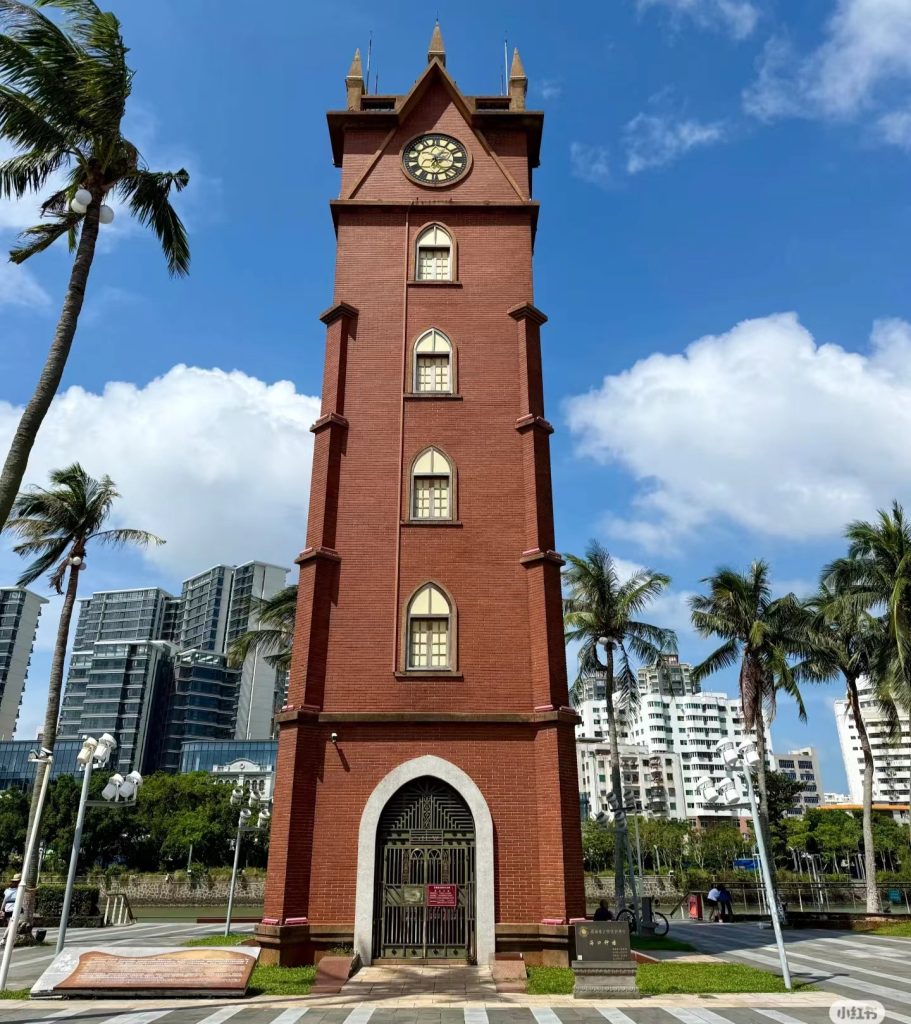
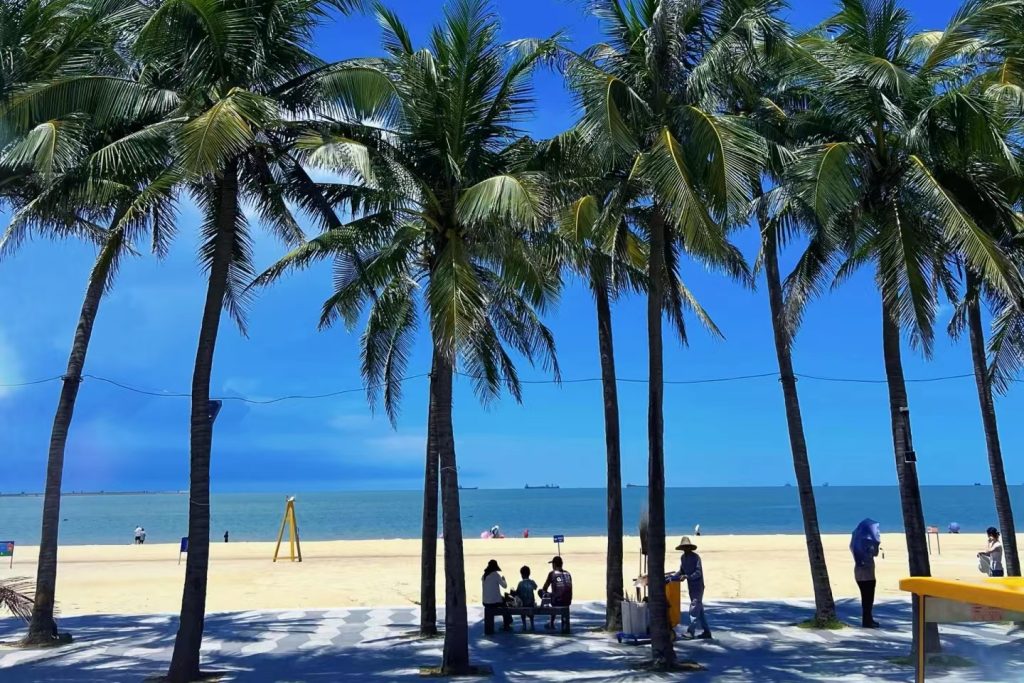
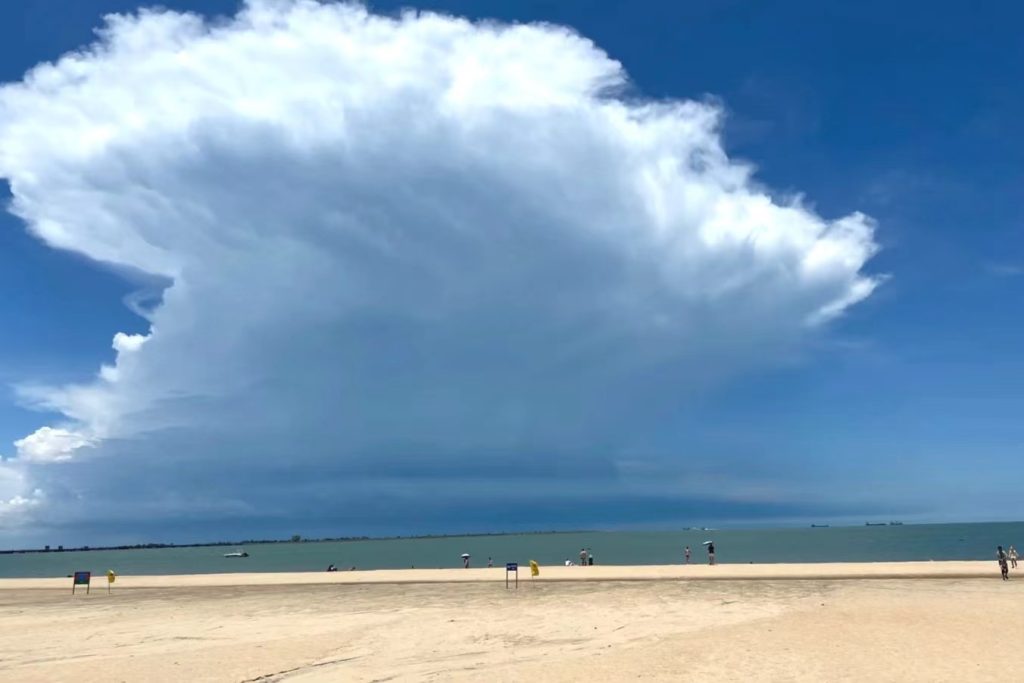
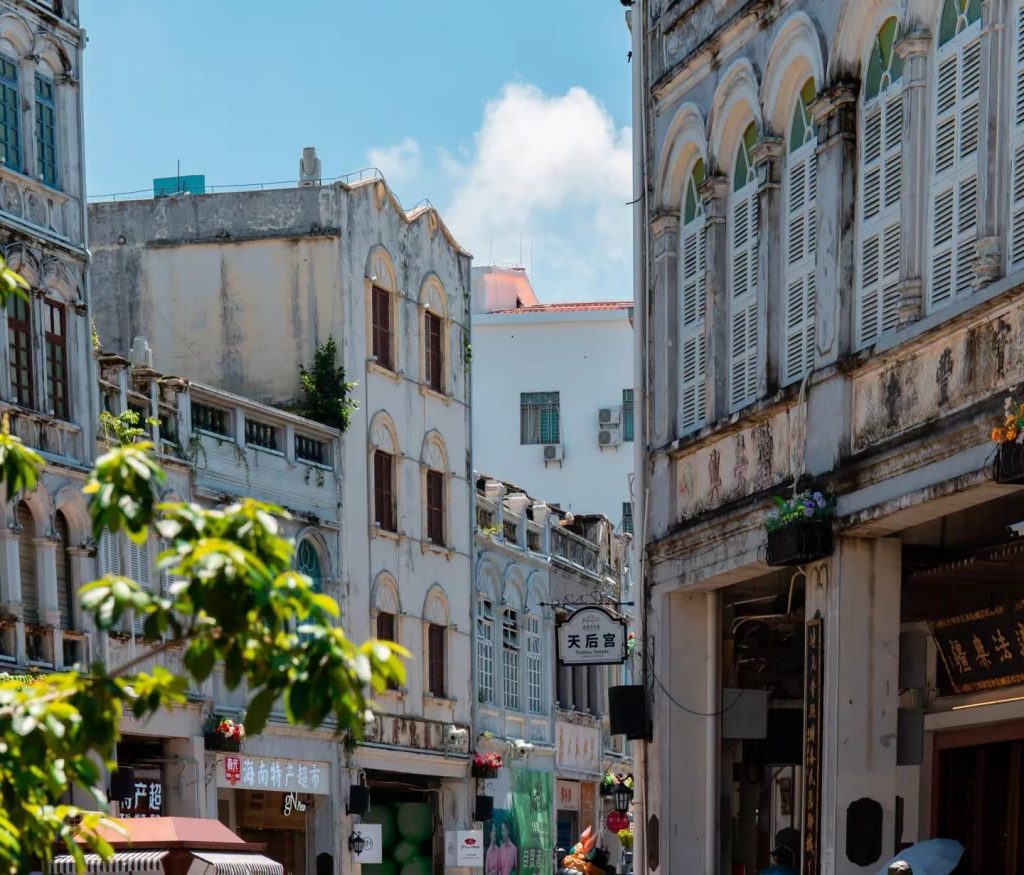


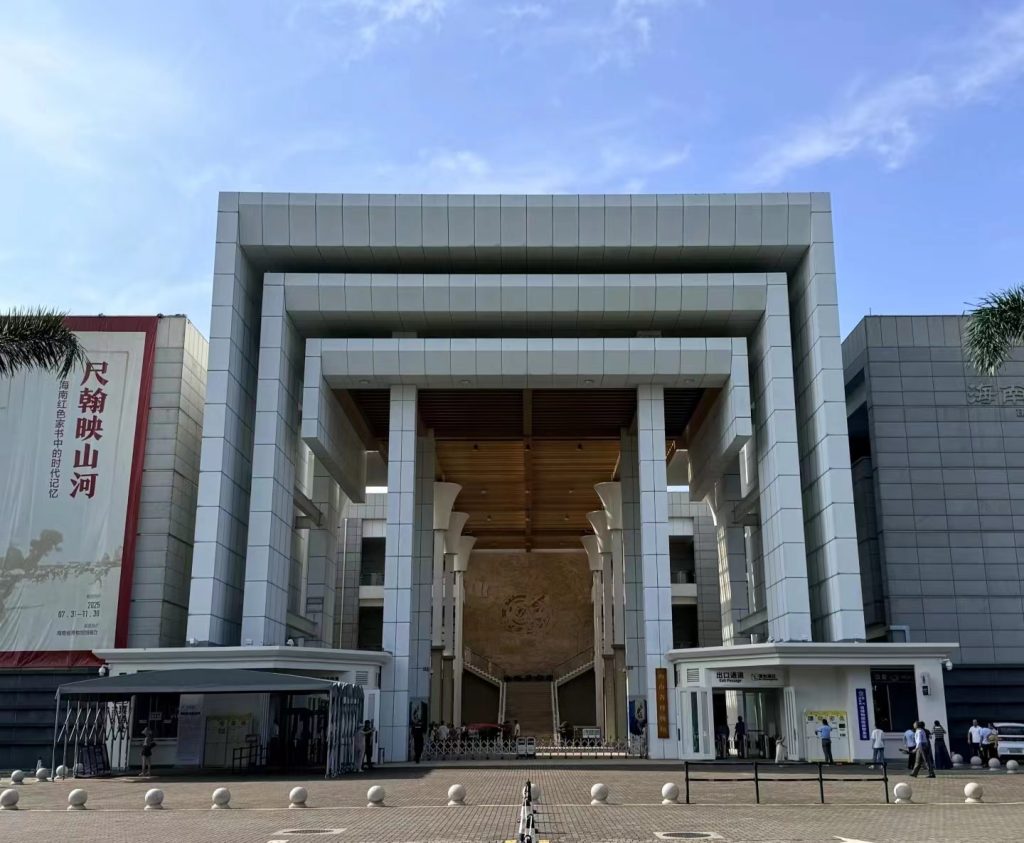
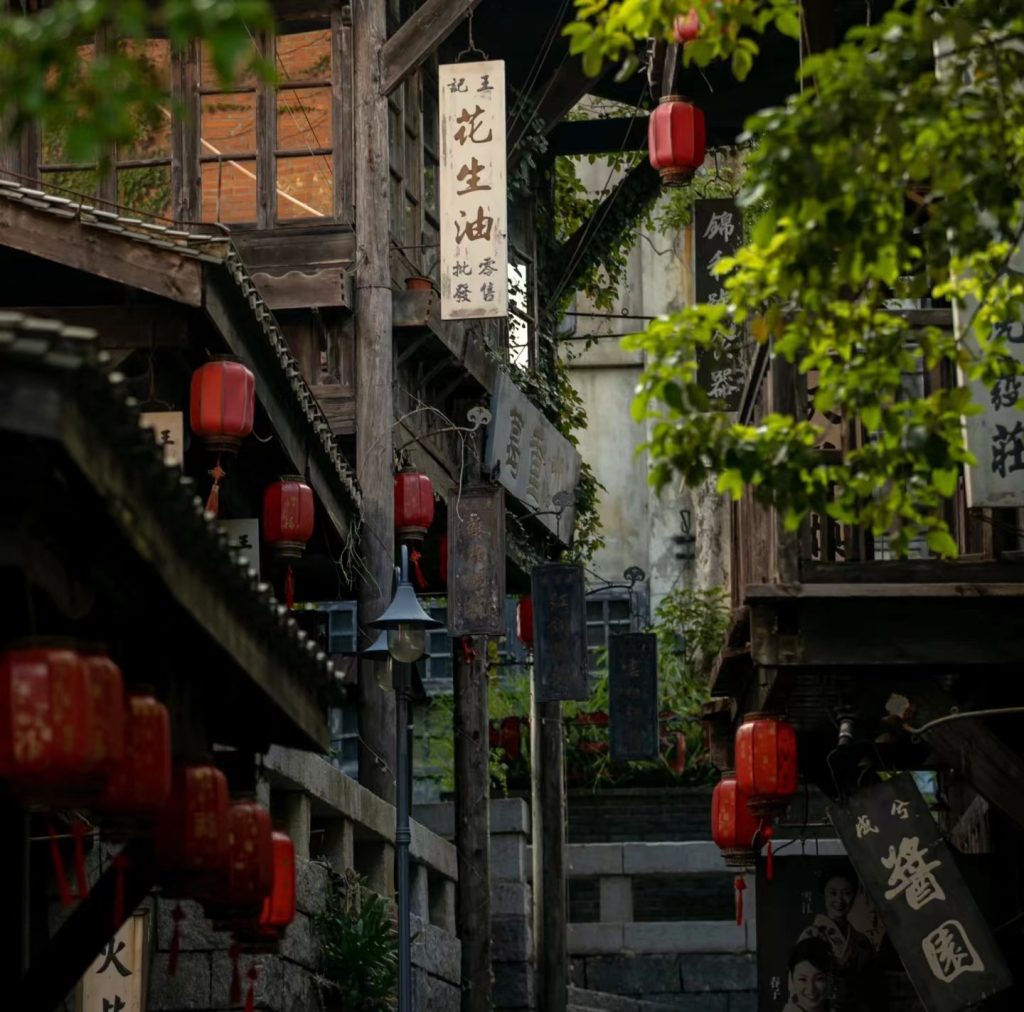
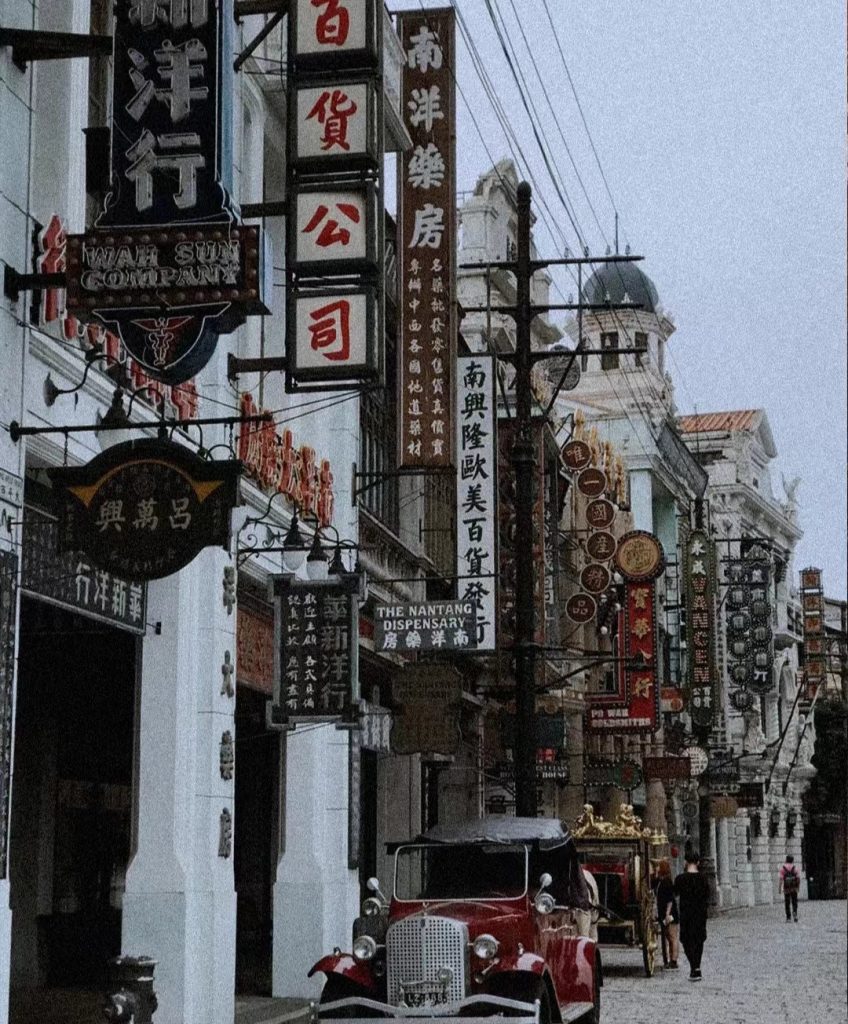
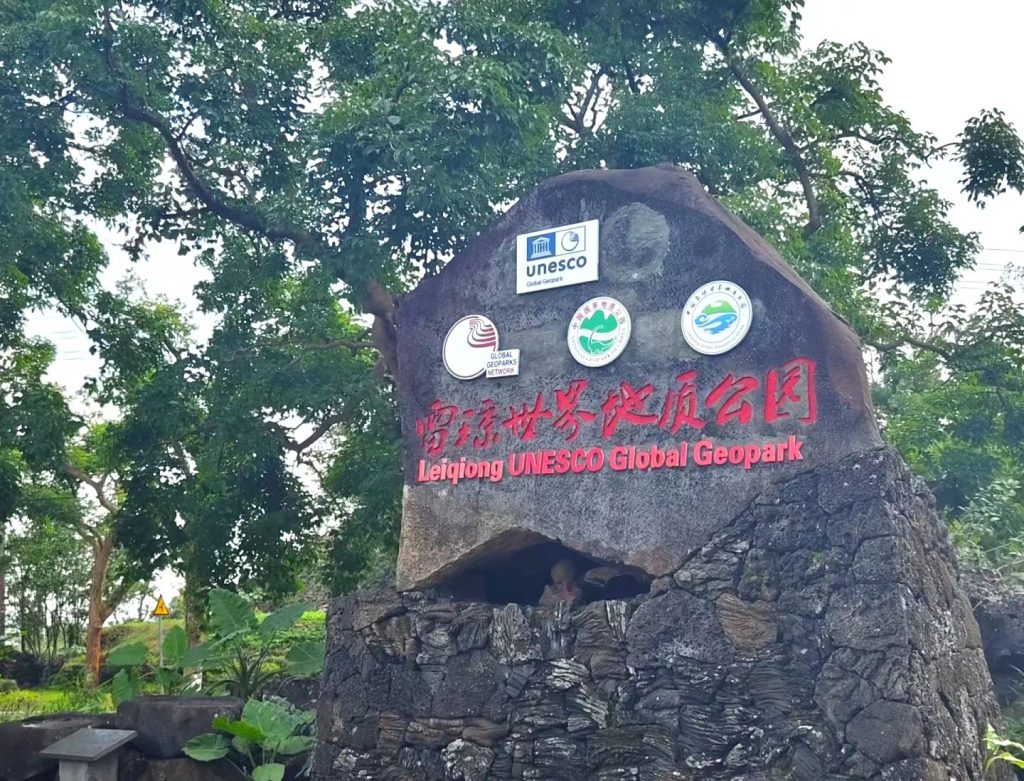
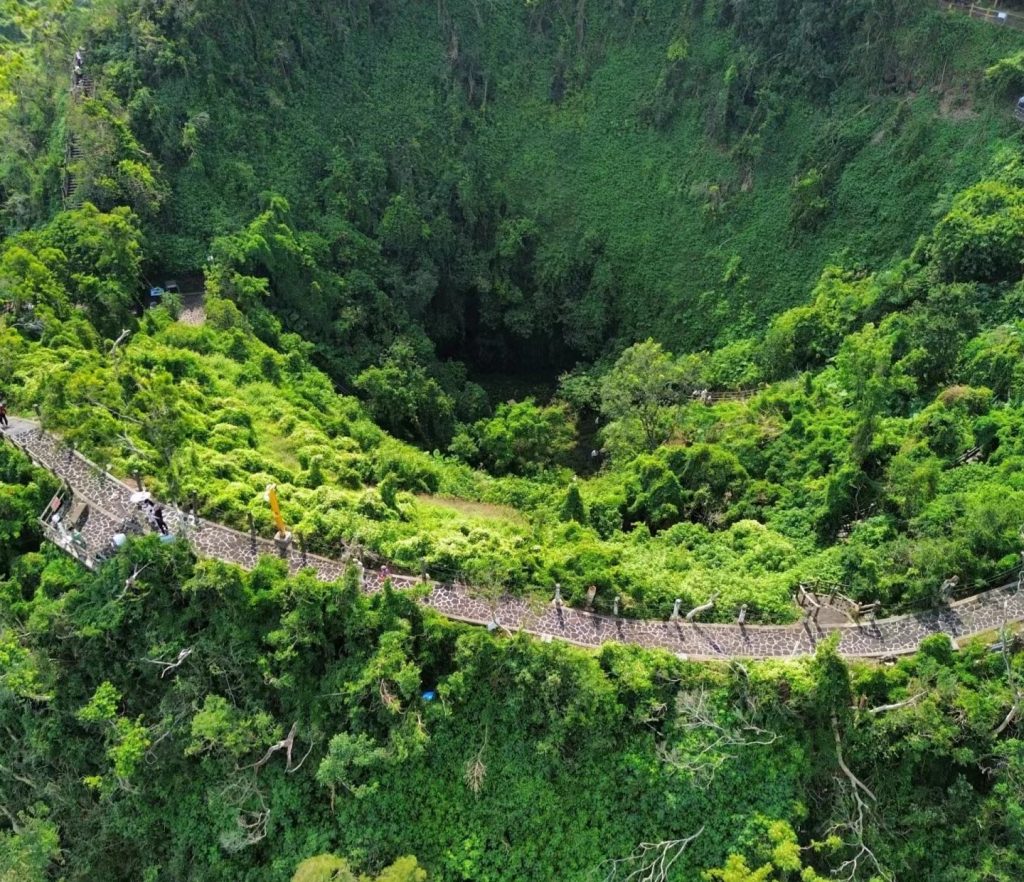
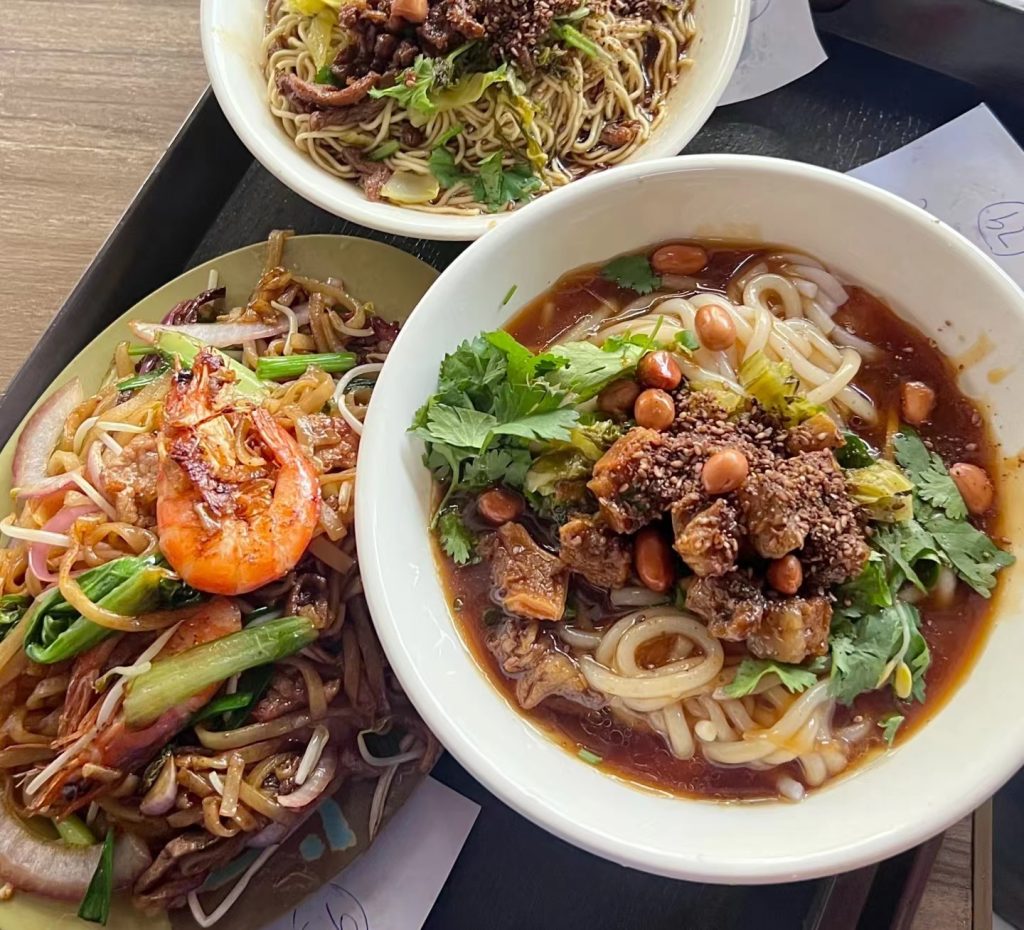
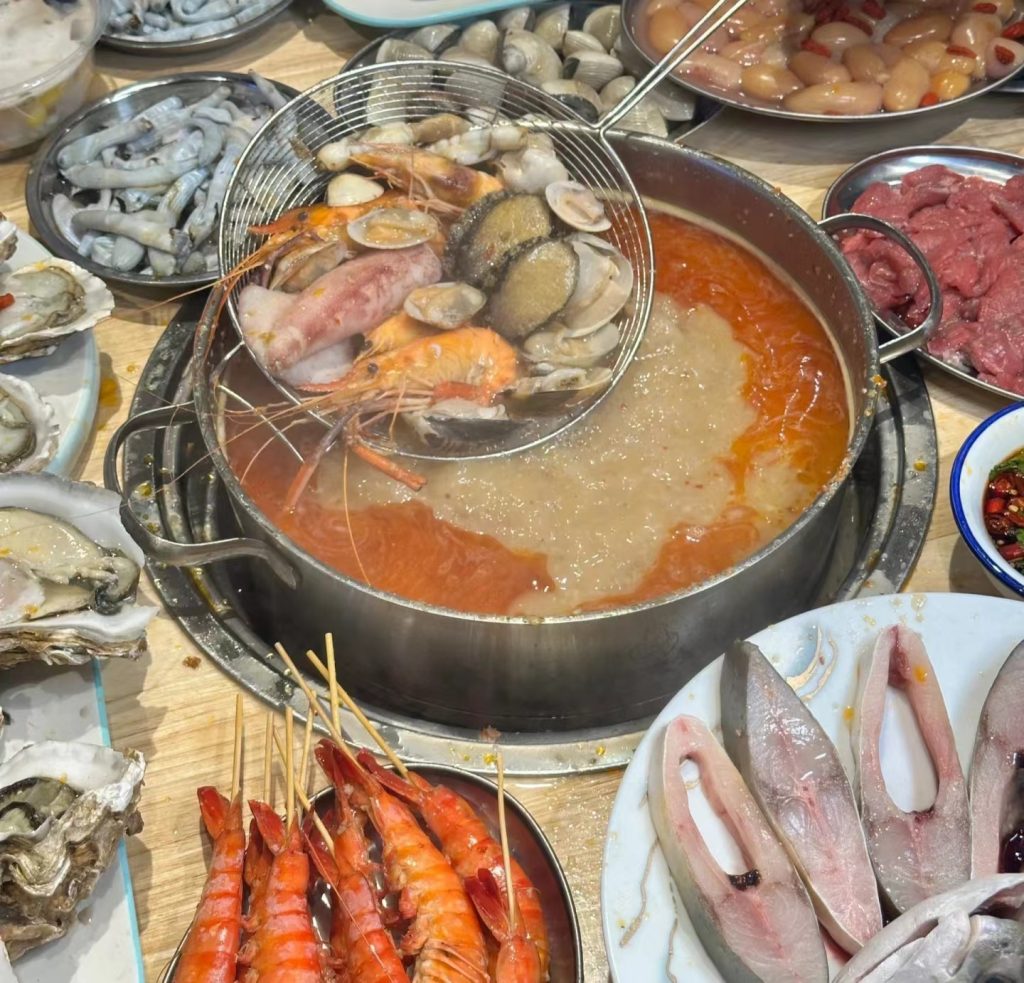
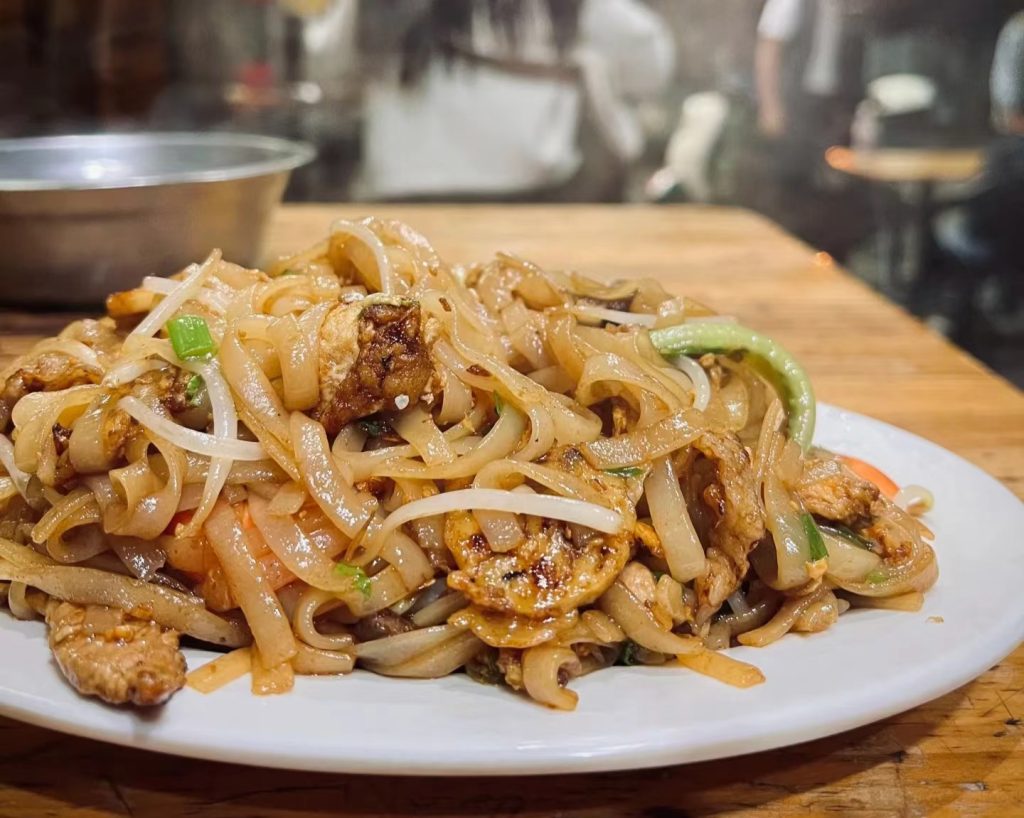
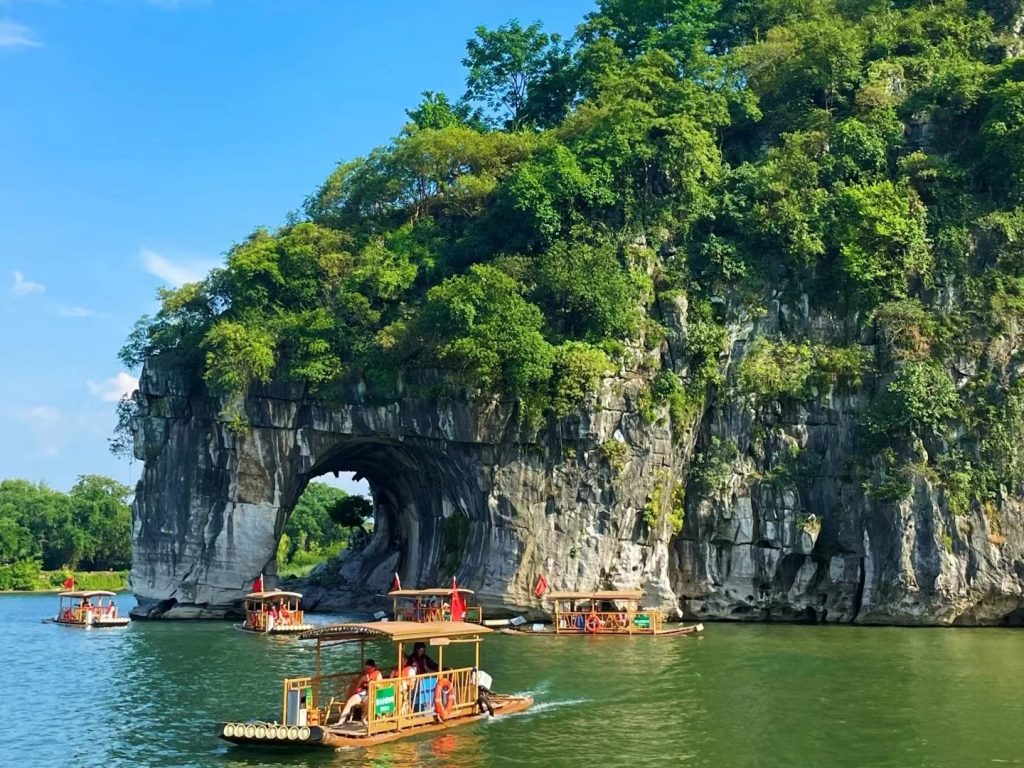
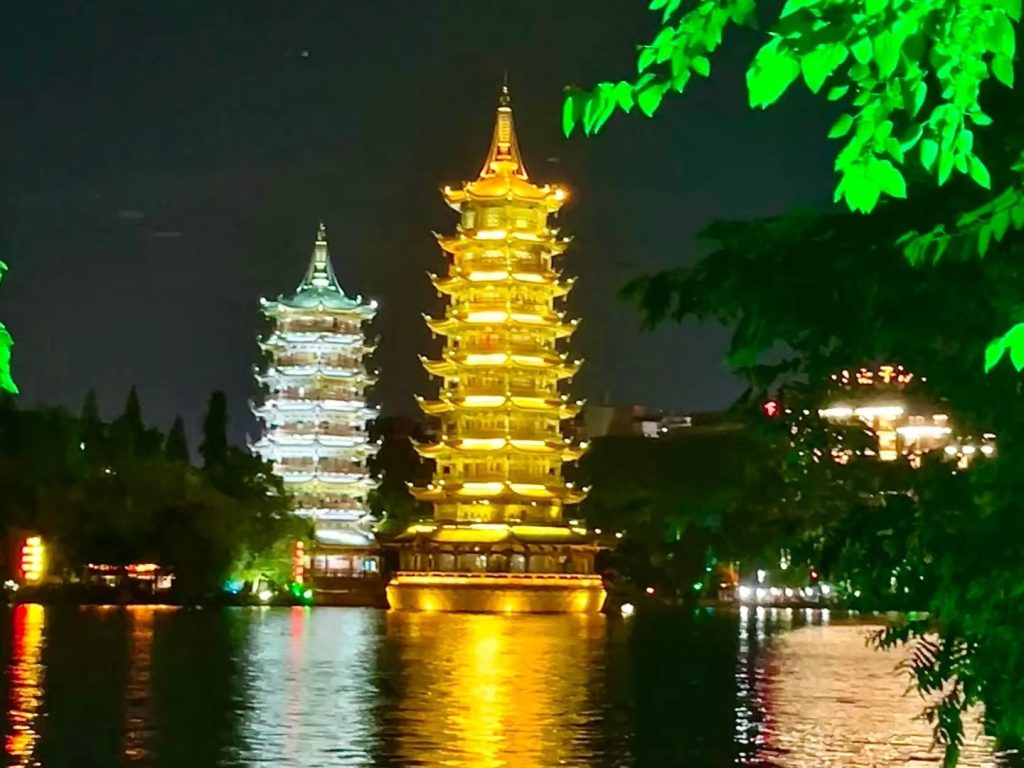
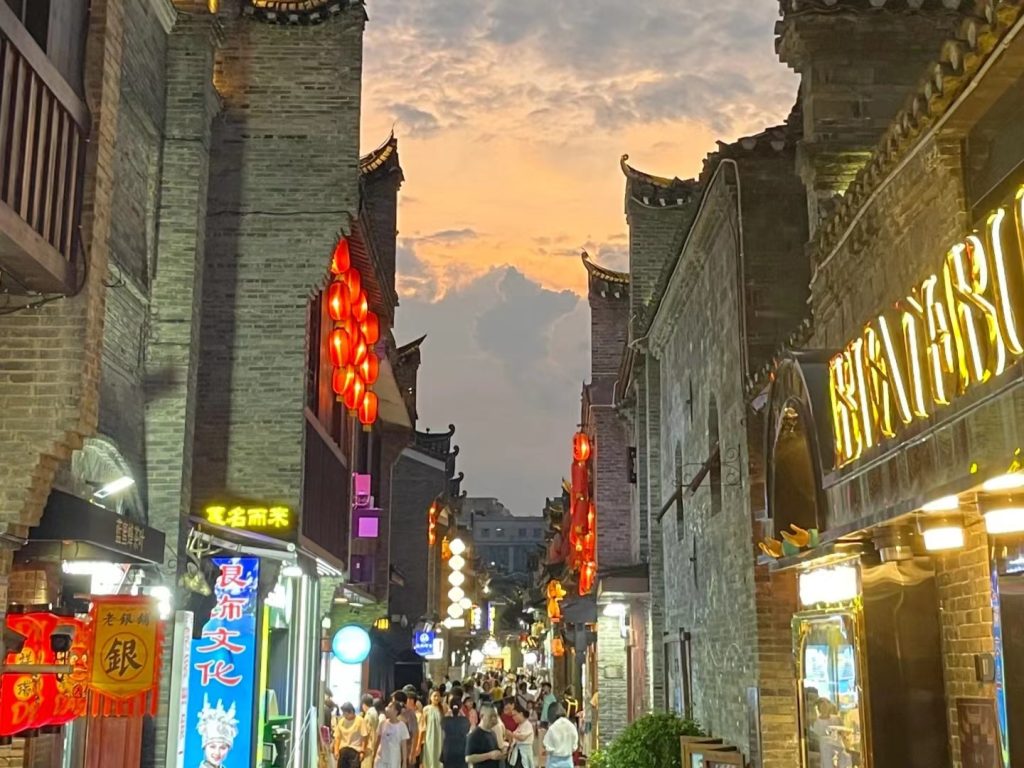
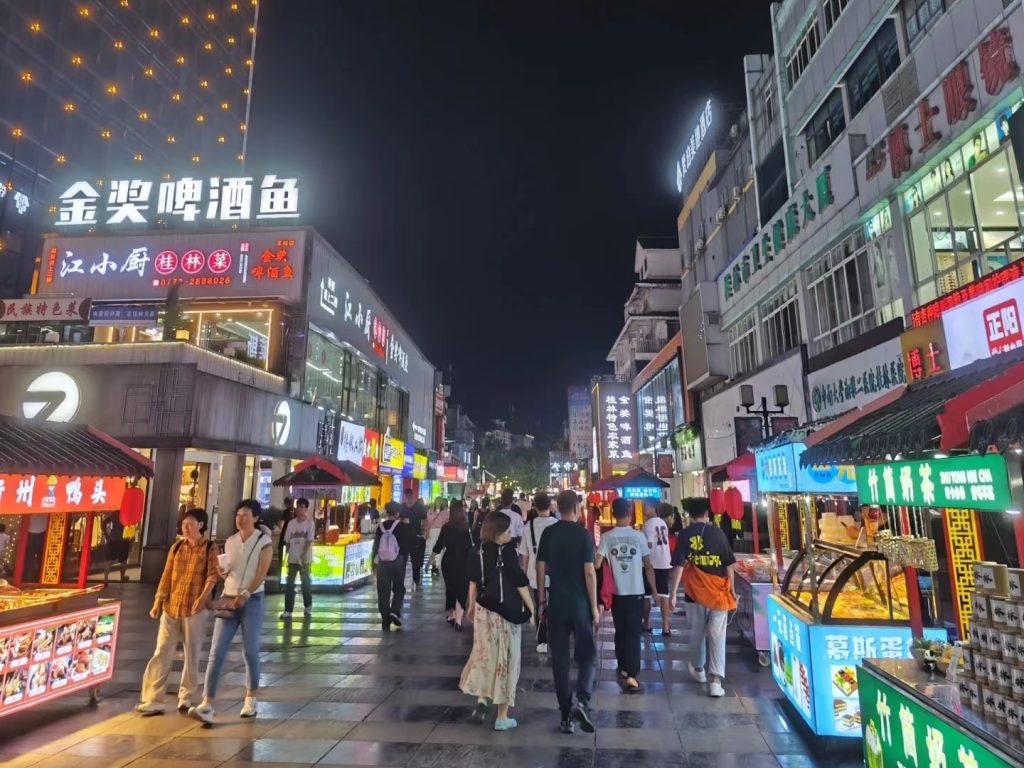
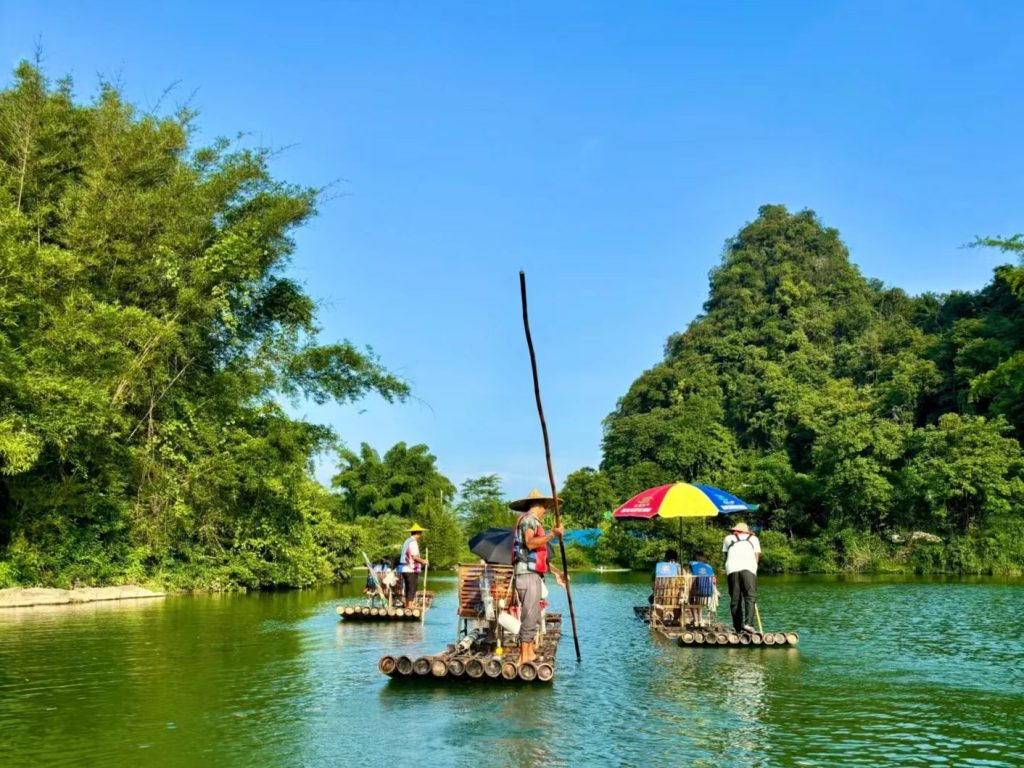
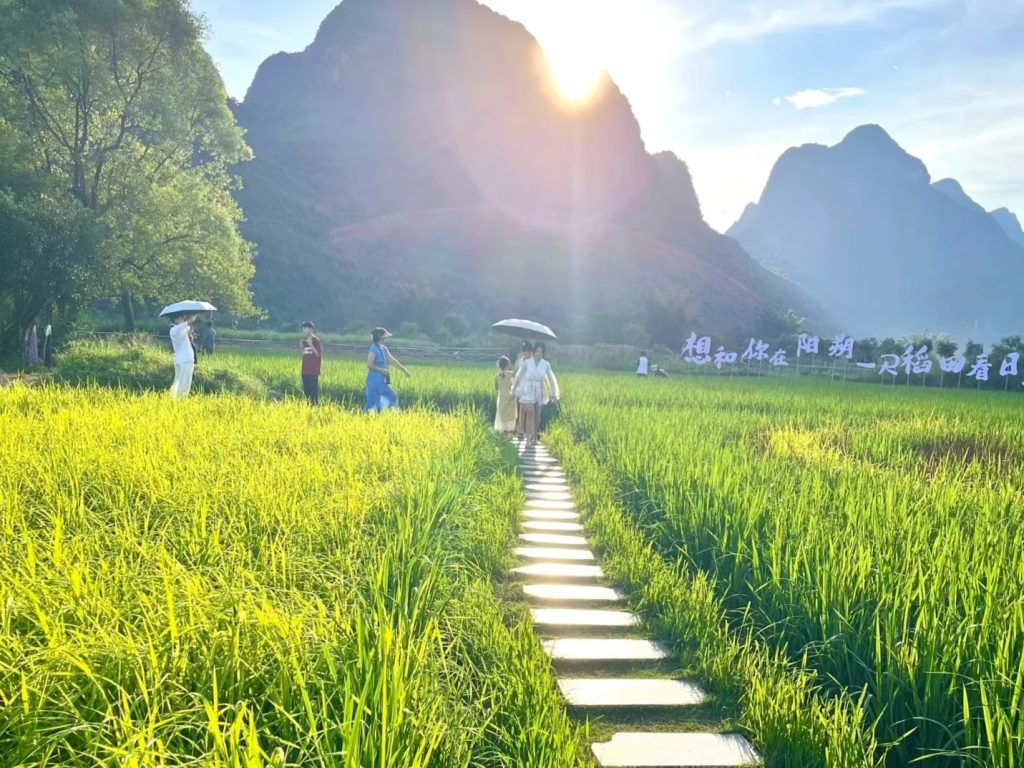
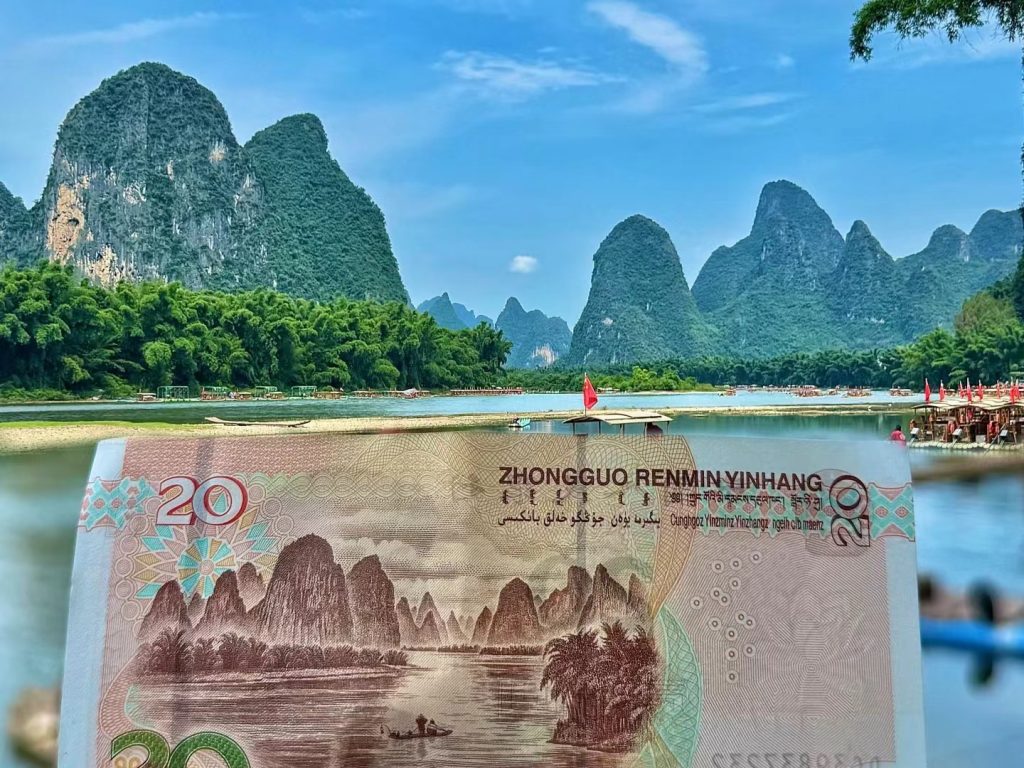
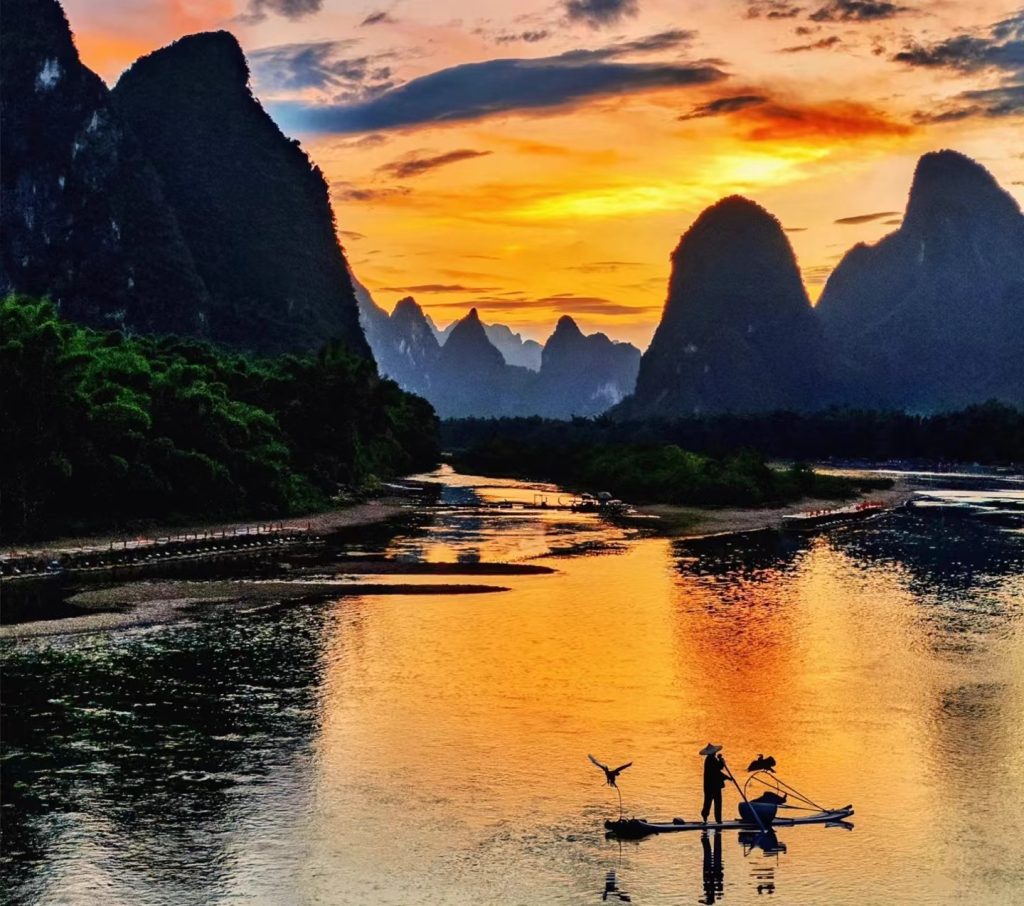
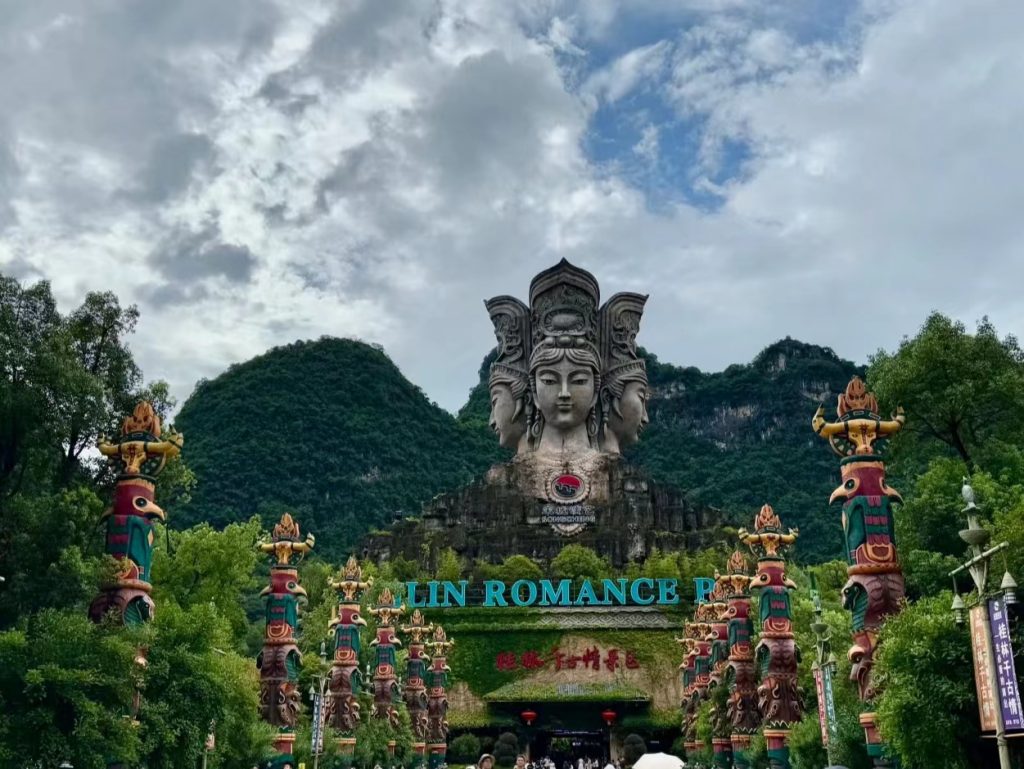
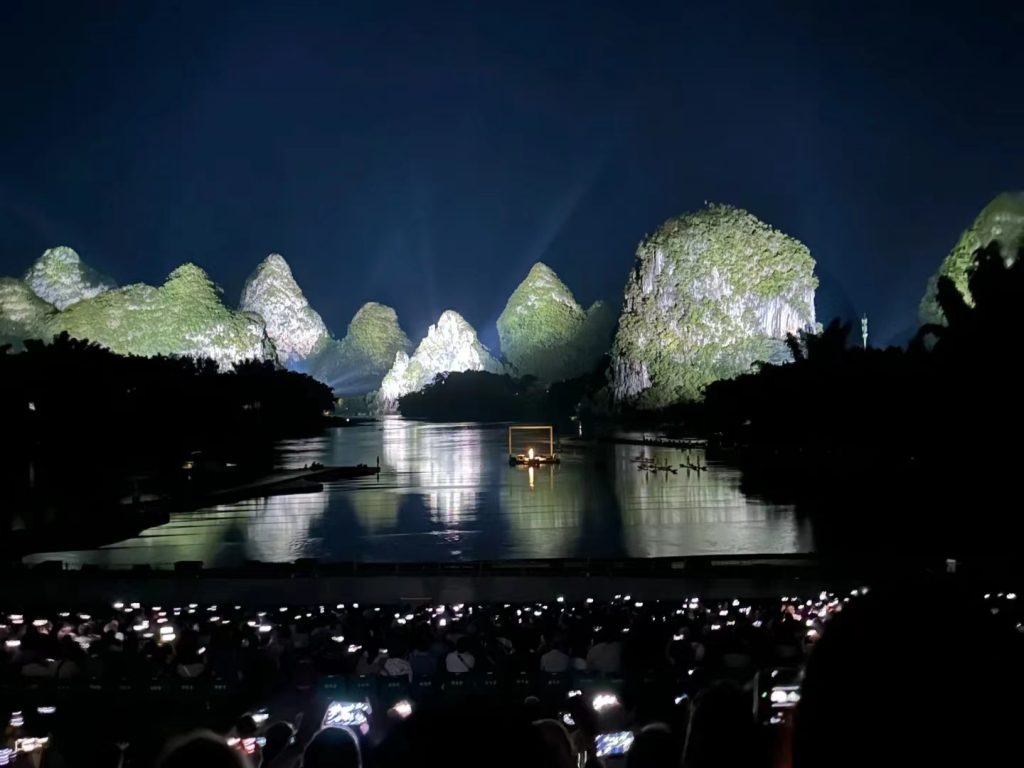
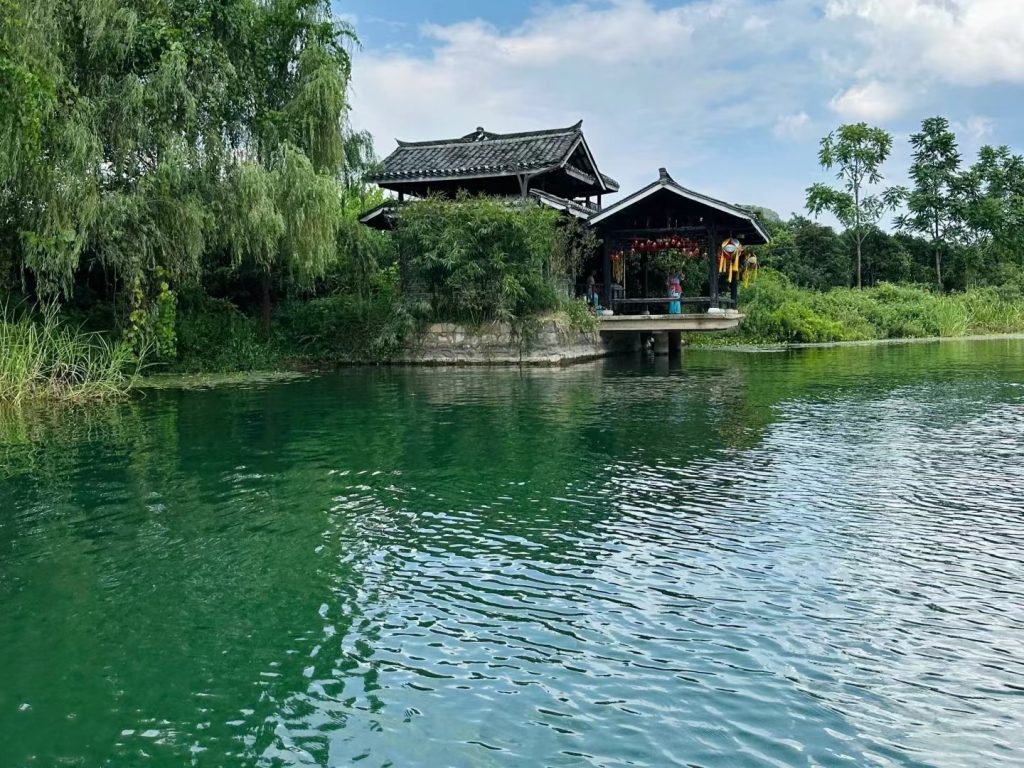
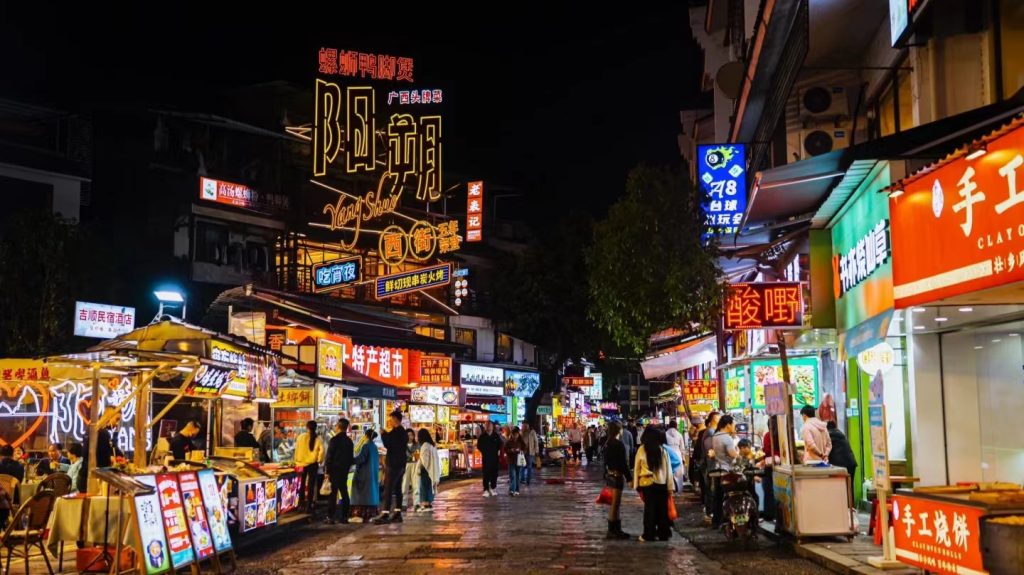
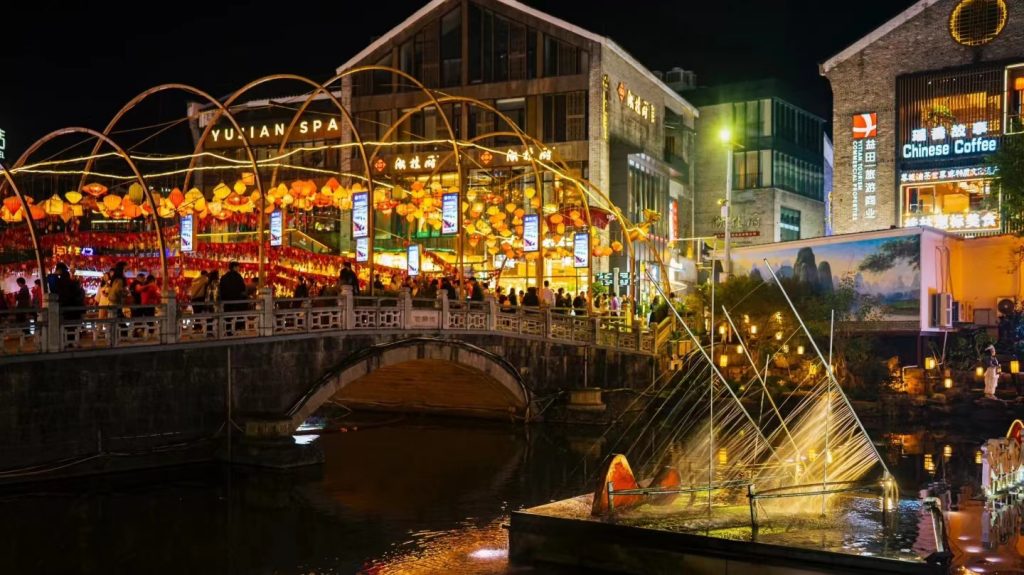
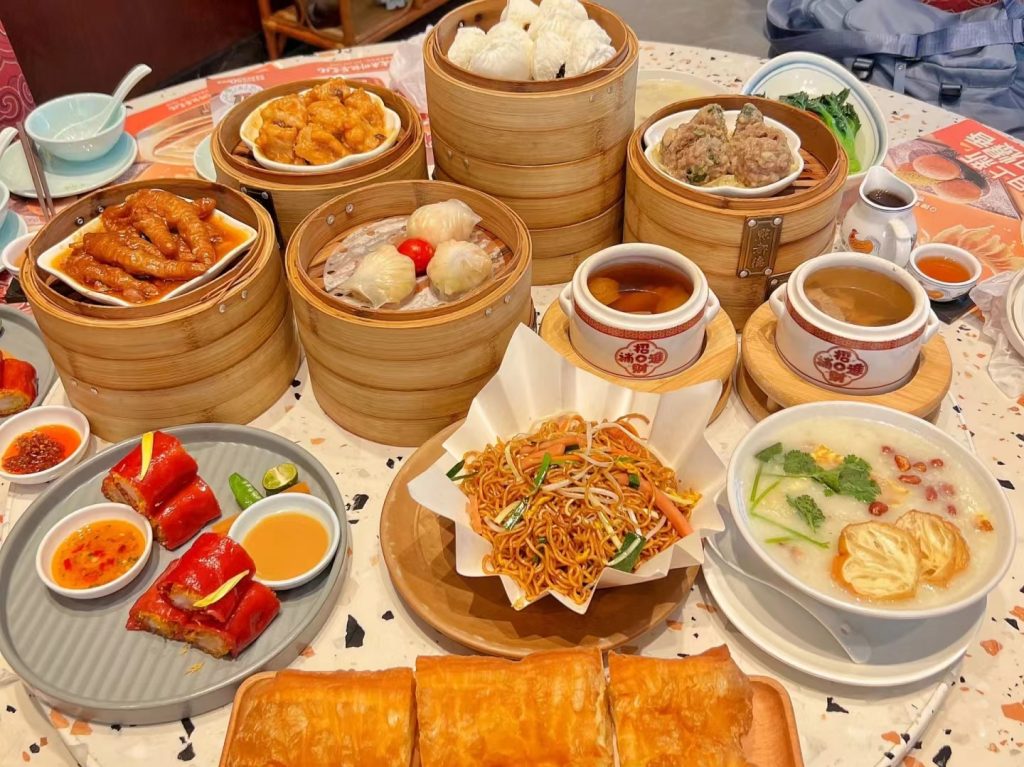
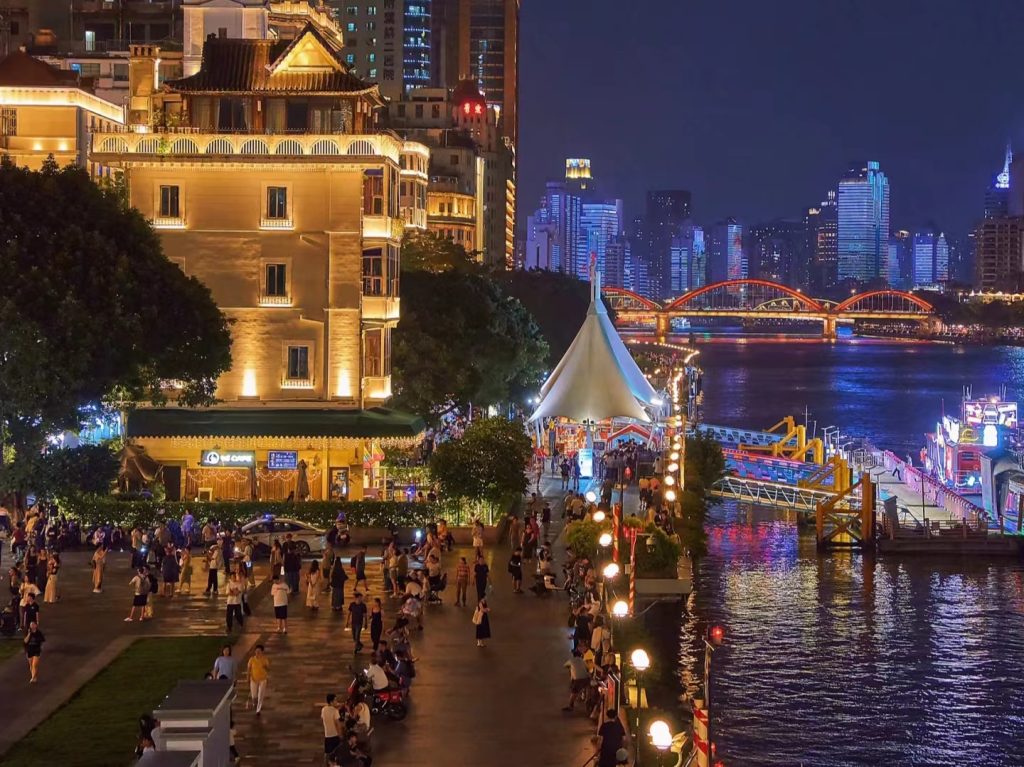

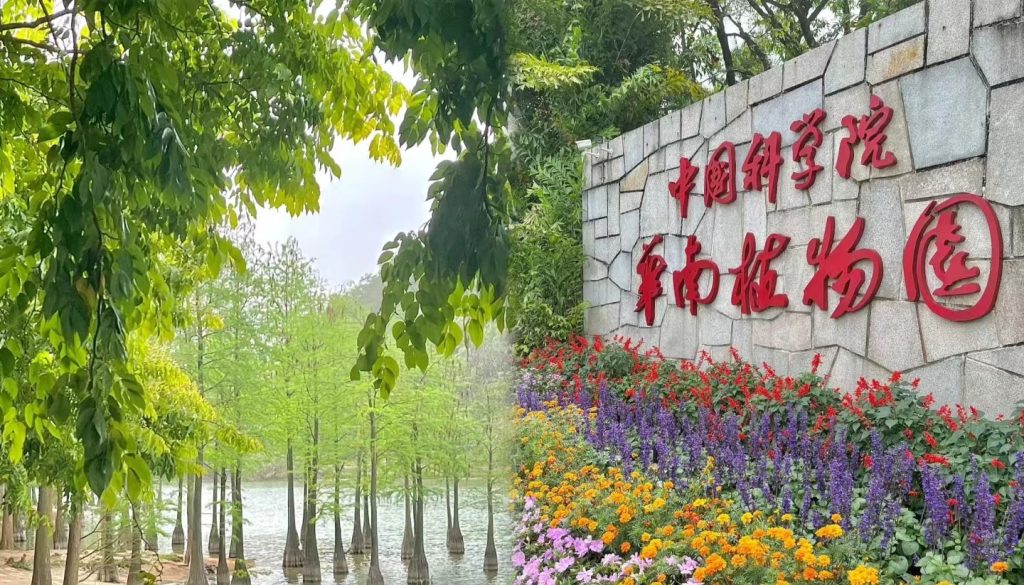
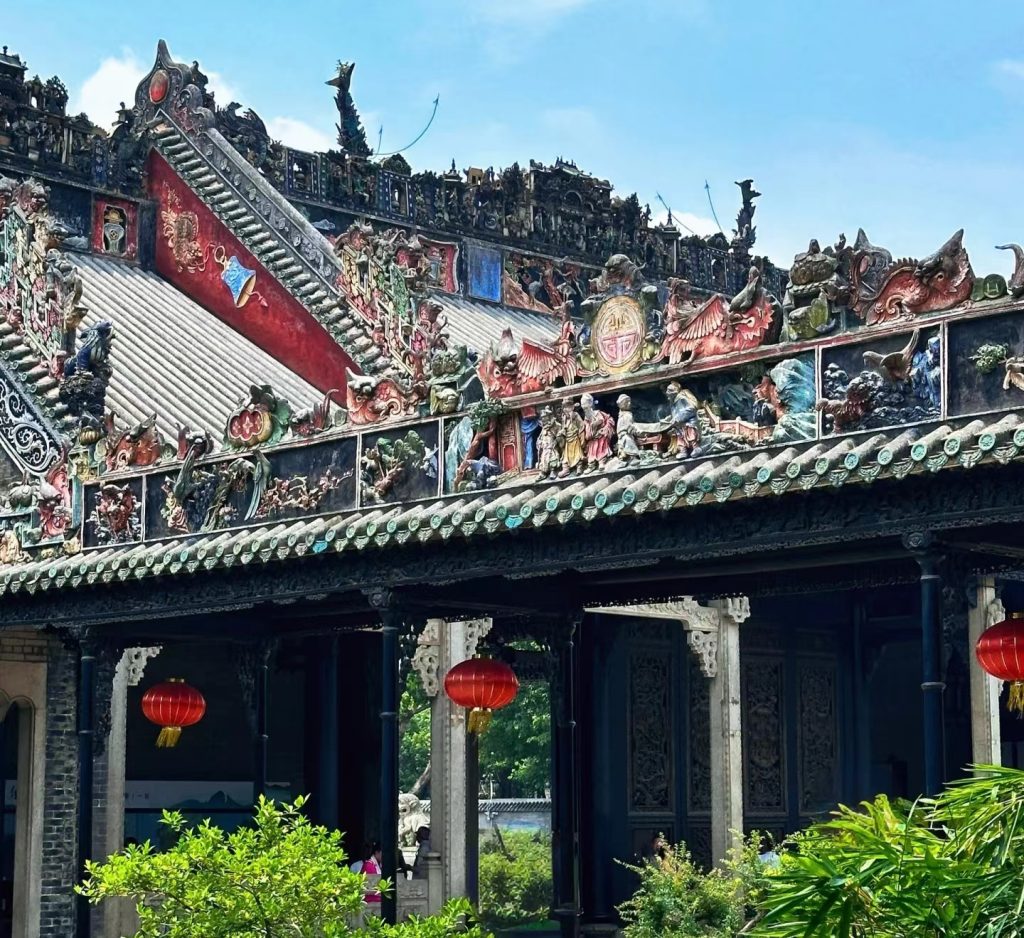
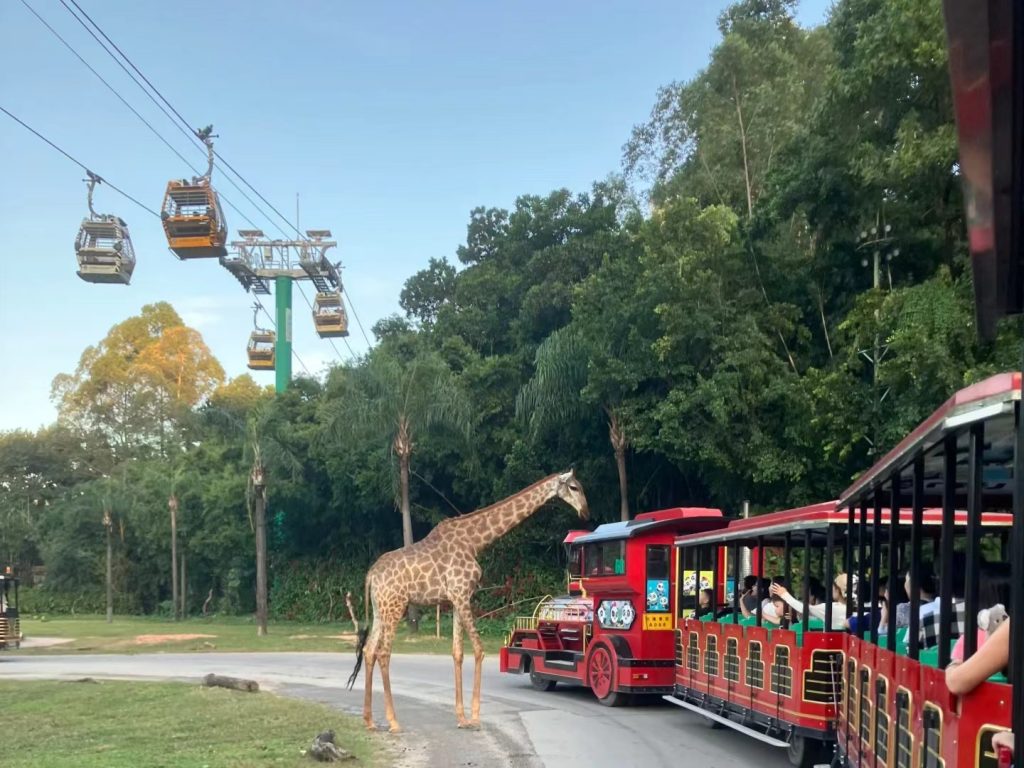
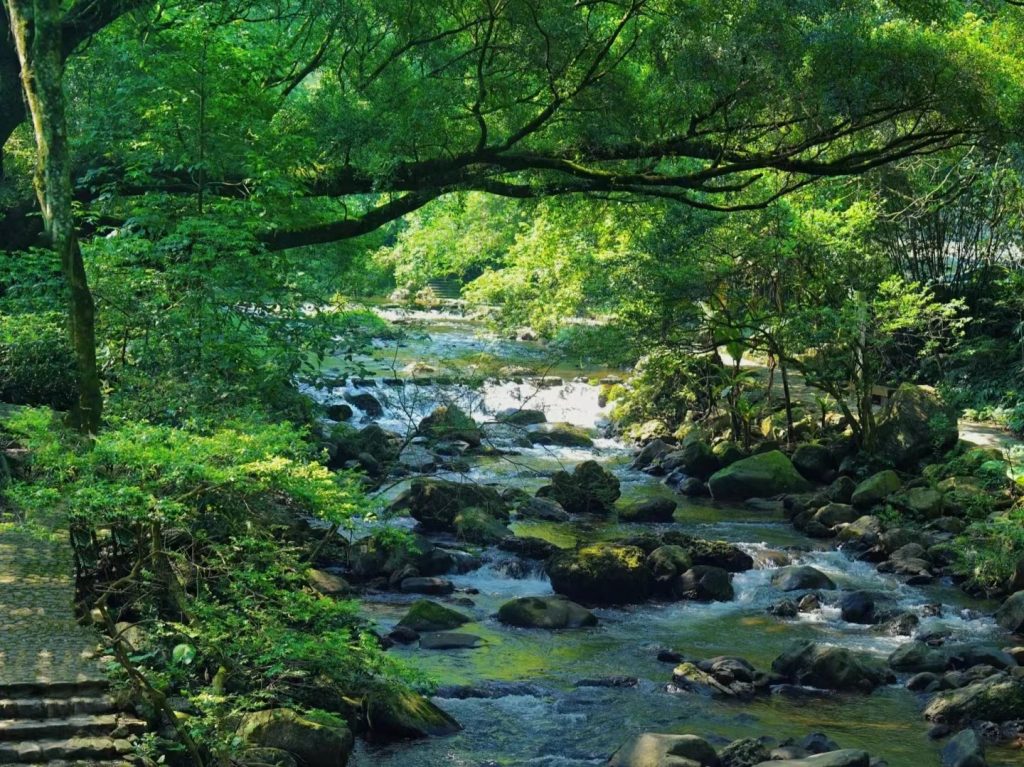
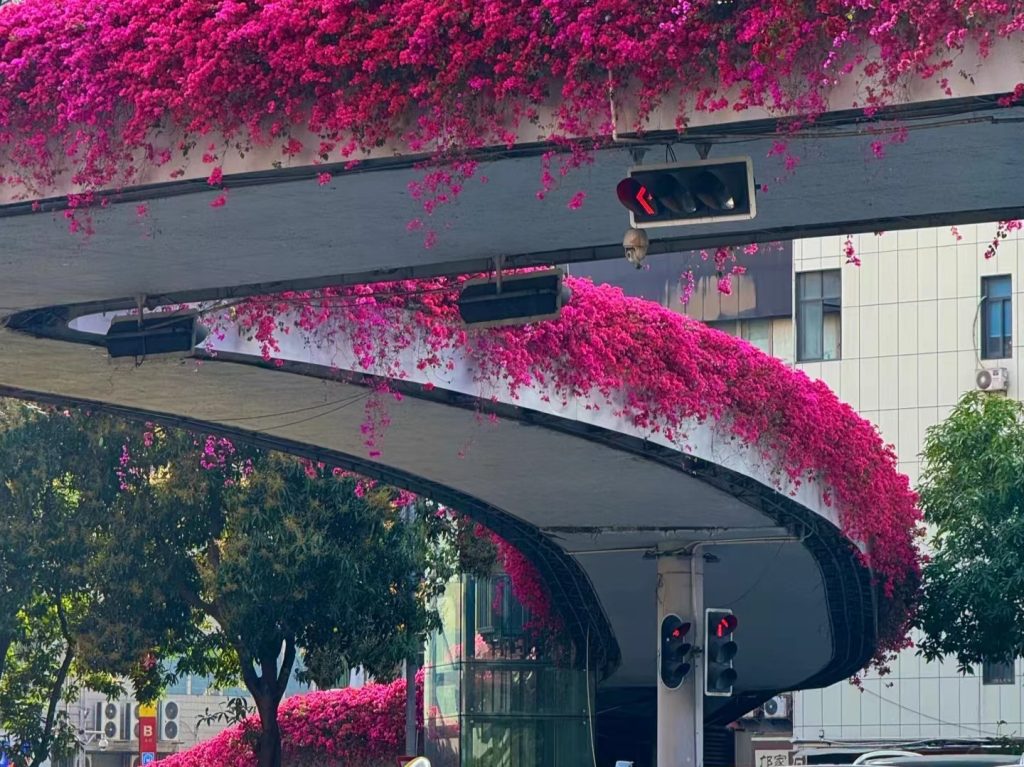
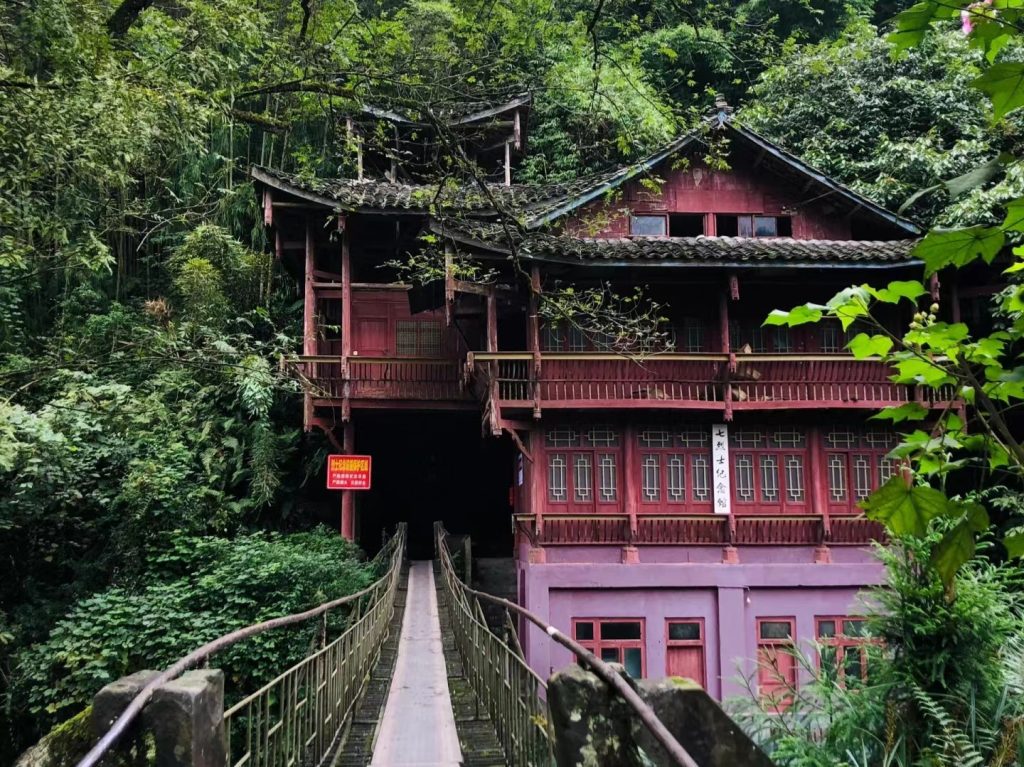
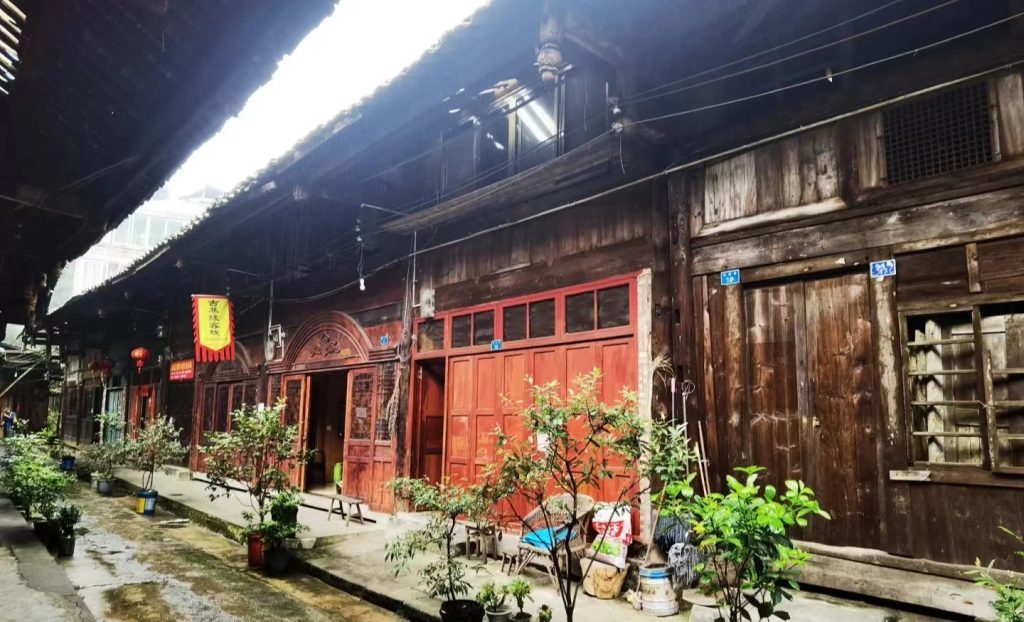
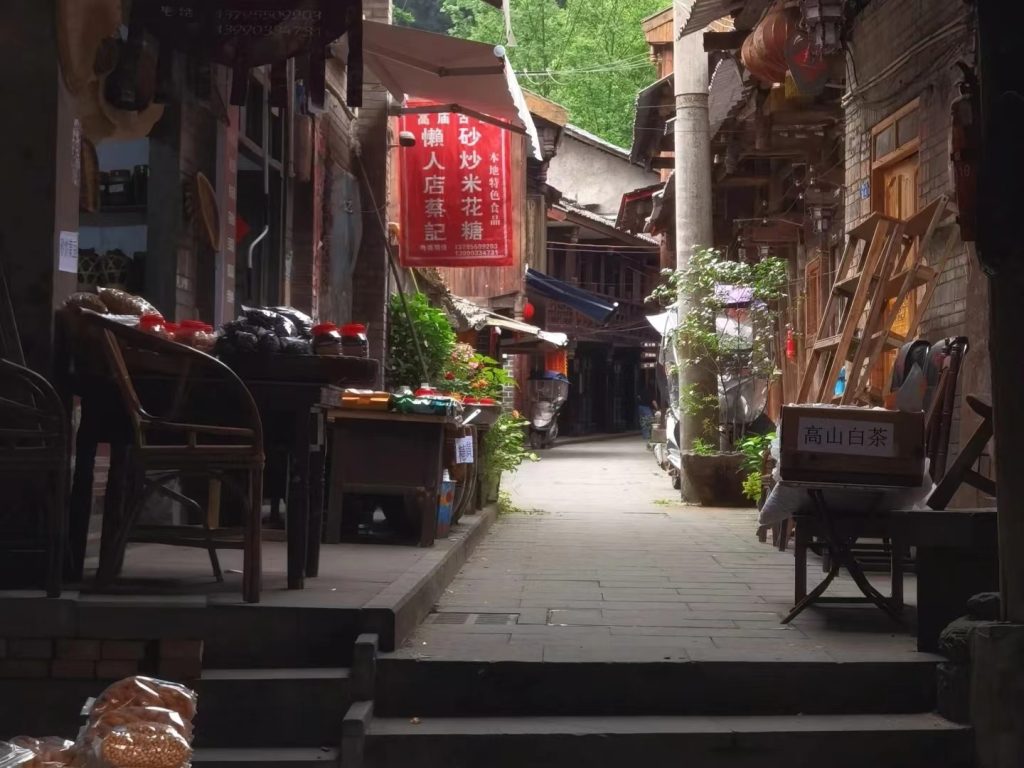
 Hongluo Temple was built during the Eastern Jin Dynasty and is the largest Buddhist garden in northern China. It has been a holy place for worshipping Buddha in Beijing since ancient times. There are towering ancient trees in the temple. “Seeing flowers in spring, avoiding the heat in summer, viewing red leaves in autumn, and admiring three friends in winter” are the characteristics of Hongluo Temple.
Hongluo Temple was built during the Eastern Jin Dynasty and is the largest Buddhist garden in northern China. It has been a holy place for worshipping Buddha in Beijing since ancient times. There are towering ancient trees in the temple. “Seeing flowers in spring, avoiding the heat in summer, viewing red leaves in autumn, and admiring three friends in winter” are the characteristics of Hongluo Temple. When you feel a little impetuous, Hongluo Temple becomes the first choice to relax. Come here to climb the mountain and pray for blessings, which can always make people quiet and peaceful. After reaching the top of the mountain and worshiping the Bodhisattva, take another mountain road down the mountain, with the beautiful scenery and a panoramic view. You can reach the Zodiac Garden all the way down the mountain, you can worship Amitabha, you can rest in the pavilion, you can see a group of cute turtles, and feel the fragrance of flowers, and get close to nature. This is a place that is very worth visiting often.
When you feel a little impetuous, Hongluo Temple becomes the first choice to relax. Come here to climb the mountain and pray for blessings, which can always make people quiet and peaceful. After reaching the top of the mountain and worshiping the Bodhisattva, take another mountain road down the mountain, with the beautiful scenery and a panoramic view. You can reach the Zodiac Garden all the way down the mountain, you can worship Amitabha, you can rest in the pavilion, you can see a group of cute turtles, and feel the fragrance of flowers, and get close to nature. This is a place that is very worth visiting often. Snow Valley is located in the construction area of Dongsheng Forest Farm, Shanhe Town Forestry Bureau, Wuchang City, Harbin City, Heilongjiang Province. The snow valley covers an area of 14,654 hectares in total, with an average snow depth of 1 to 3 meters.
Snow Valley is located in the construction area of Dongsheng Forest Farm, Shanhe Town Forestry Bureau, Wuchang City, Harbin City, Heilongjiang Province. The snow valley covers an area of 14,654 hectares in total, with an average snow depth of 1 to 3 meters. The Snow Country is located on the sunny side of the mountain of Leymus, and the Snow Valley is on the dark side of the mountain. Therefore, the snow in this area will be thicker in winter. When crossing the Mountain, you must be careful not to leave the main road and go deep into the mountains, let alone enter the mountain. This small village has a small population. Many people in the village run hotels and also have a kiosk selling food and common equipment.
The Snow Country is located on the sunny side of the mountain of Leymus, and the Snow Valley is on the dark side of the mountain. Therefore, the snow in this area will be thicker in winter. When crossing the Mountain, you must be careful not to leave the main road and go deep into the mountains, let alone enter the mountain. This small village has a small population. Many people in the village run hotels and also have a kiosk selling food and common equipment. Wild Elephant Valley is the most fascinating forest park in Xishuangbanna and a scenic spot for watching wild elephants. It is located 36 kilometers north of Jinghong City in Xishuangbanna and west of the 213 National Highway. This is a place which is frequently visited by wild elephants in Asia, and the Wild Elephant Valley is named after it. It is China’s first national park with the theme of animal protection and environmental protection.
Wild Elephant Valley is the most fascinating forest park in Xishuangbanna and a scenic spot for watching wild elephants. It is located 36 kilometers north of Jinghong City in Xishuangbanna and west of the 213 National Highway. This is a place which is frequently visited by wild elephants in Asia, and the Wild Elephant Valley is named after it. It is China’s first national park with the theme of animal protection and environmental protection. Near the south gate of the Wild Elephant Valley, there is a bird garden and a butterfly garden that can be visited together. There is also an elevated corridor about 920 meters long from the Aviary Park to the North Gate Asian Elephant Museum. You can see elephant skeleton specimens and learn about elephants. The scenery along the road is also very good. In addition, there are restaurants in the scenic area for dining, and there are also some farmhouses at the entrance of the scenic area that can solve the problem of eating, which is very convenient.
Near the south gate of the Wild Elephant Valley, there is a bird garden and a butterfly garden that can be visited together. There is also an elevated corridor about 920 meters long from the Aviary Park to the North Gate Asian Elephant Museum. You can see elephant skeleton specimens and learn about elephants. The scenery along the road is also very good. In addition, there are restaurants in the scenic area for dining, and there are also some farmhouses at the entrance of the scenic area that can solve the problem of eating, which is very convenient. Tianjin Ancient Cultural Street is located in Nankai District, Tianjin, with Tianhou Temple as the center, starting from Shuige Street in the south and Tongbei Road in the north. Here is the concentration of Tianjin’s most famous time-honored shops and handicraft shops. You can find many handicrafts and taste classic Tianjin cuisine here.
Tianjin Ancient Cultural Street is located in Nankai District, Tianjin, with Tianhou Temple as the center, starting from Shuige Street in the south and Tongbei Road in the north. Here is the concentration of Tianjin’s most famous time-honored shops and handicraft shops. You can find many handicrafts and taste classic Tianjin cuisine here. Every city has its own old street, where you can find childhood memories. In Tianjin, this old street is called Tianjin Ancient Cultural Street, where you can explore the atmosphere of culture. Tianjin Ancient Cultural Street is the only national 5A-level tourist attraction in Tianjin. There are many shops on the street. There are all kinds of art products such as the four treasures of the study, antiques, calligraphy and painting. It is a paradise for culture and art!
Every city has its own old street, where you can find childhood memories. In Tianjin, this old street is called Tianjin Ancient Cultural Street, where you can explore the atmosphere of culture. Tianjin Ancient Cultural Street is the only national 5A-level tourist attraction in Tianjin. There are many shops on the street. There are all kinds of art products such as the four treasures of the study, antiques, calligraphy and painting. It is a paradise for culture and art!